| Price Per Person || Select By Date to 30-09-2025 |
| No of Person | 3 Star |
| Minimum 2 Adults | 201000 |
This Price Valid From 01-11-2024 To 30-09-2025
| No of Person | Economy |
This Price Valid From 01-01-1970 To 01-01-1970
| Hotel Details | |||||
| City Name | Economy | ||||
1
Day 1 : India - Whistler
Arrive in Vancouver and proceed to Whistler thats home to Whistler Blackcomb, one of the largest ski resorts in North America. Besides skiing and snowboarding, the area offers snowshoeing, tobogganing and ski jumping at the Olympic Park.
Overnight stay in Whistler
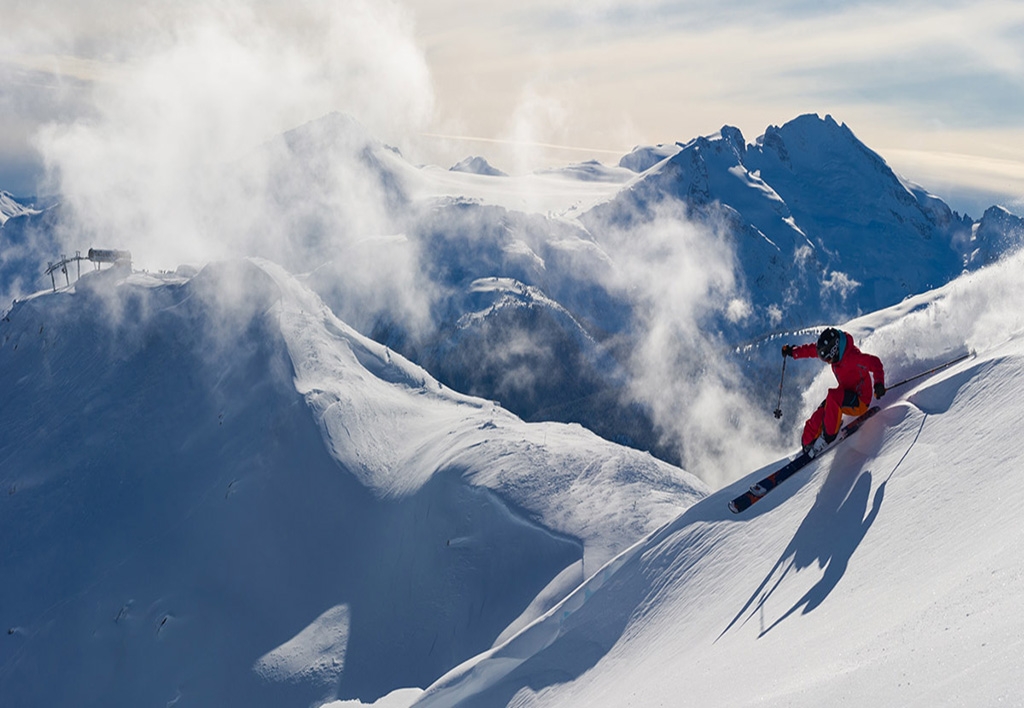
Snowboarding, Whitler
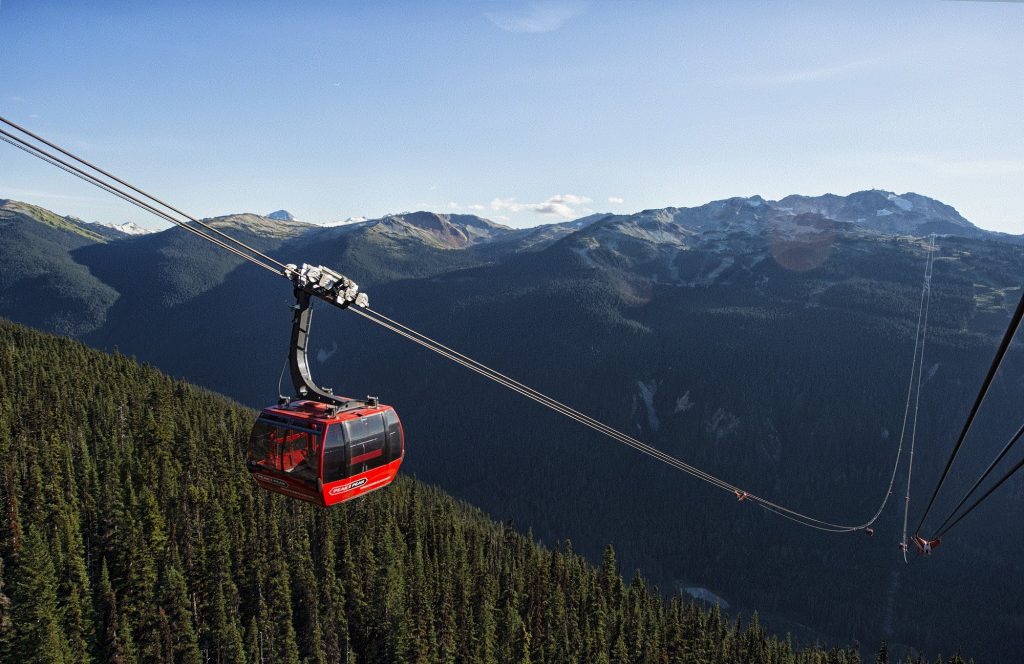
Cable Car Ride, Whitler
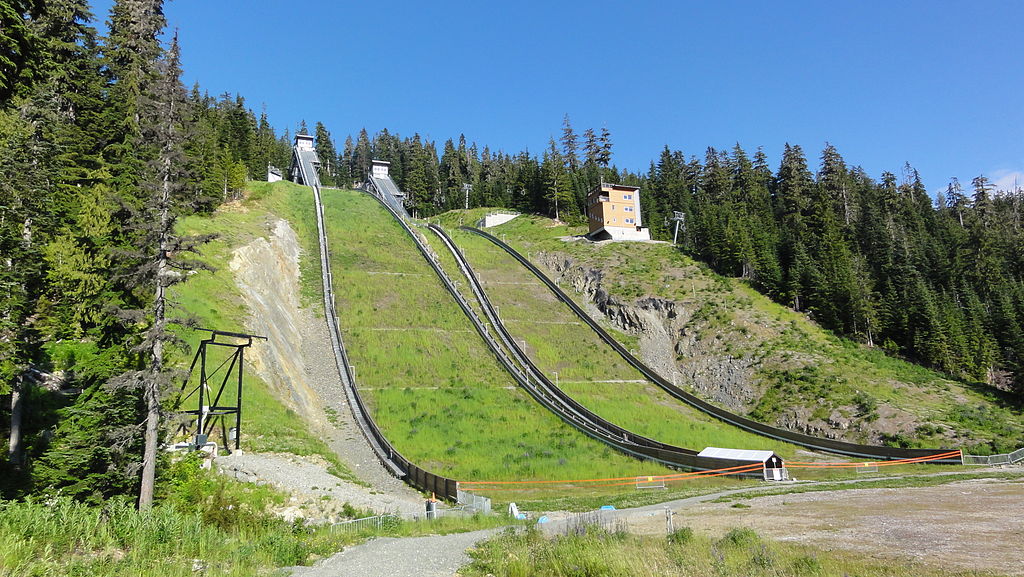
Ski Jumping Olympic park, Whistler
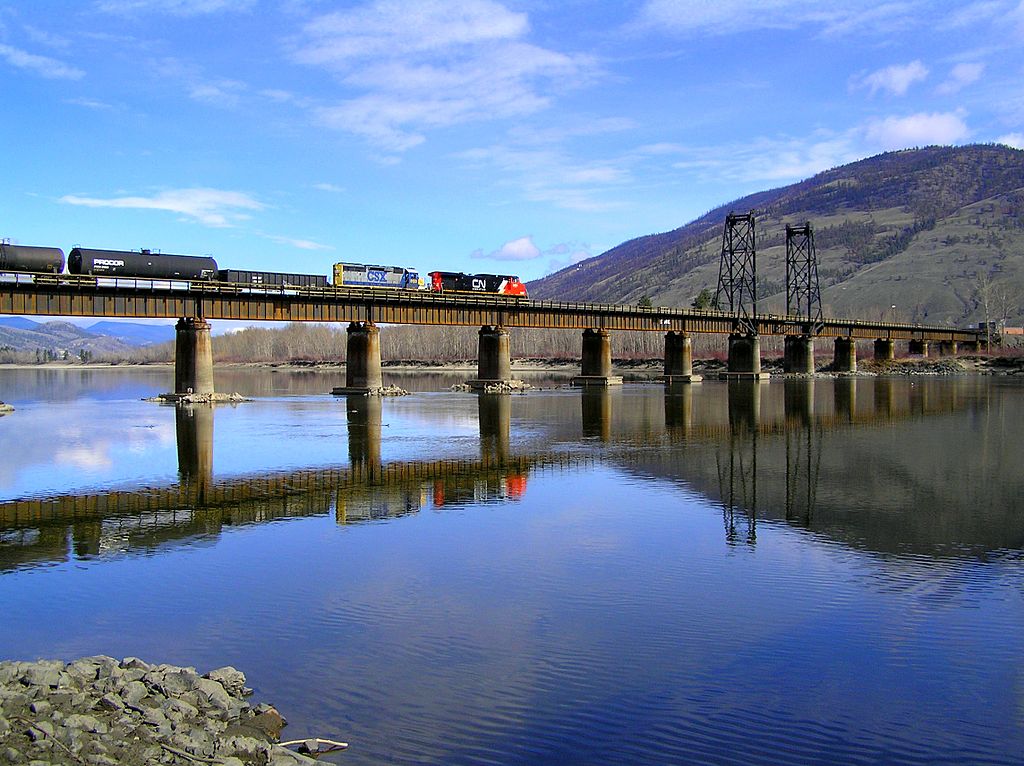
Thompson River, Kamloops
2
Day 2 : Vancouver - Kamloops
Travel from the coastal city of Vancouver to Kamloops. You will see dramatic changes in scenery, from the lush green fields of the Fraser Valley, through forests and winding river canyons surrounded by the peaks of the Coast and Cascade Mountains, to the desert-like environment of the BC Interior. Highlights include the rushing waters of Hell’s Gate in the Fraser Canyon and the steep slopes and rock sheds along the Thompson River.
Overnight in Kamloops
3
Day 3 : Kamloops
You can opt for activities like Mountain Biking, Beaches, Climbing, Hiking, Horseback riding etc.
Overnight stay in Kamloops
4
Day 4 : Kamloops - Jasper
Proceed to province of Alberta, Jasper which is around 442 Kms. Your base for adventure, from here, the greatest personal expeditions begin. Prepare to Venture Beyond. Day free to explore on your own.
5
Day 5 : Jasper
Today take Jasper Skytram - After boarding the longest and highest guided aerial tramway in Canada, prepare to be amazed as you gain a brand new perspective of Jasper’s stunning National Park. Rafting - With so many rivers in Jasper National Park, whitewater rafting has become one of our most popular summer activities. Visit Maligne Canyon for a gentle guided walk to the first two bridges above the gorge. Evening Wildlife Tour - Jasper National Park is well known for its abundant wildlife.
Overnight stay in Jasper

Columbia Glacier Tour, Jasper
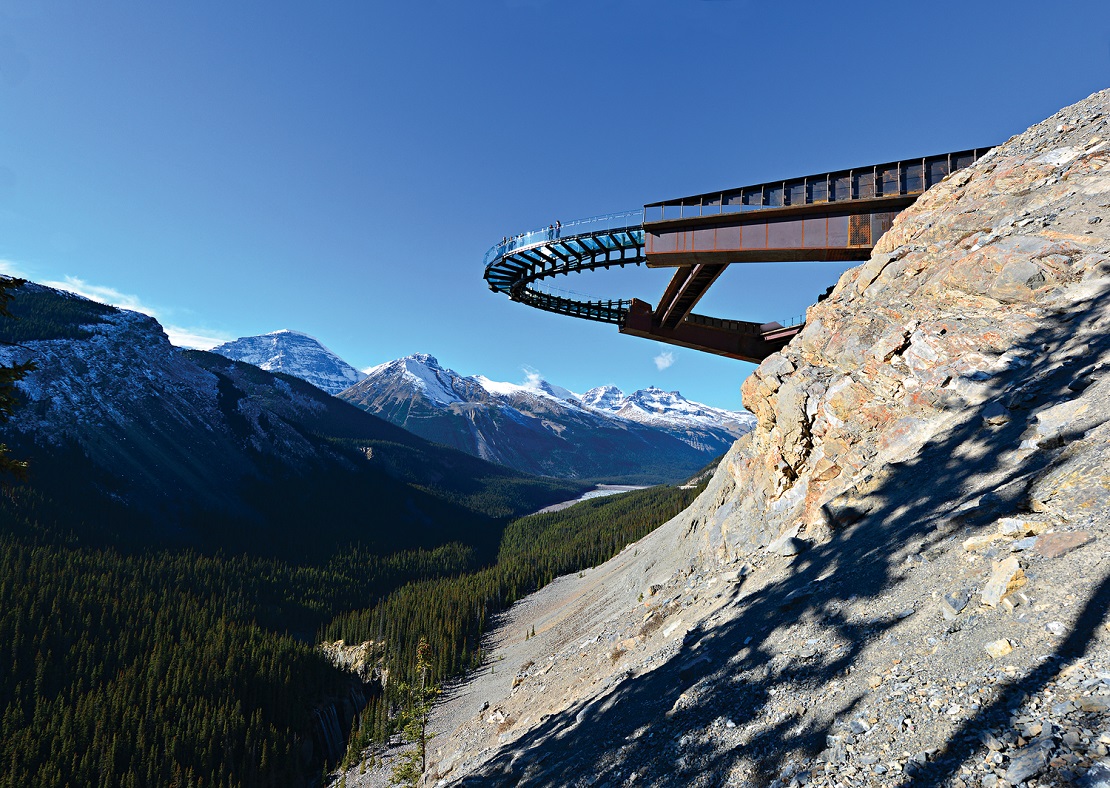
Glacier Sky Walk, Jasper
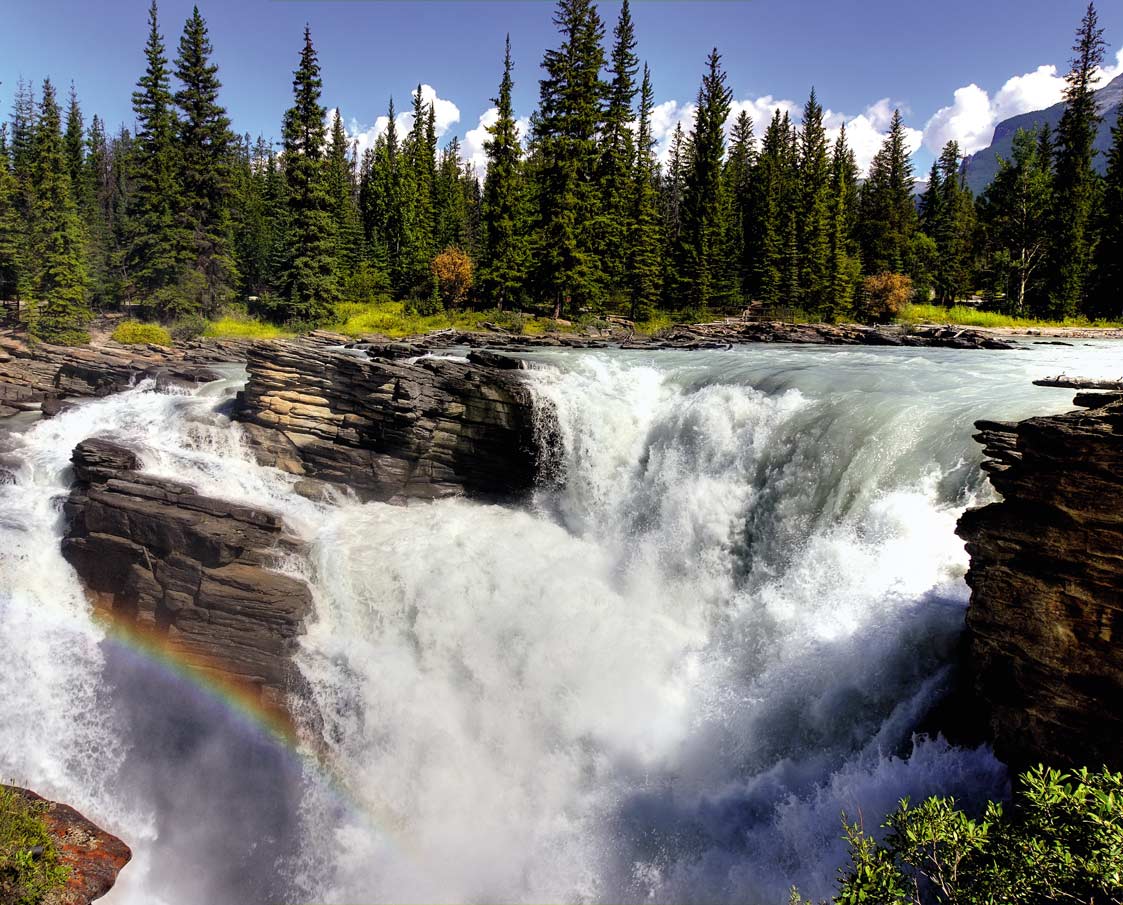
Athabasca Falls, Jasper
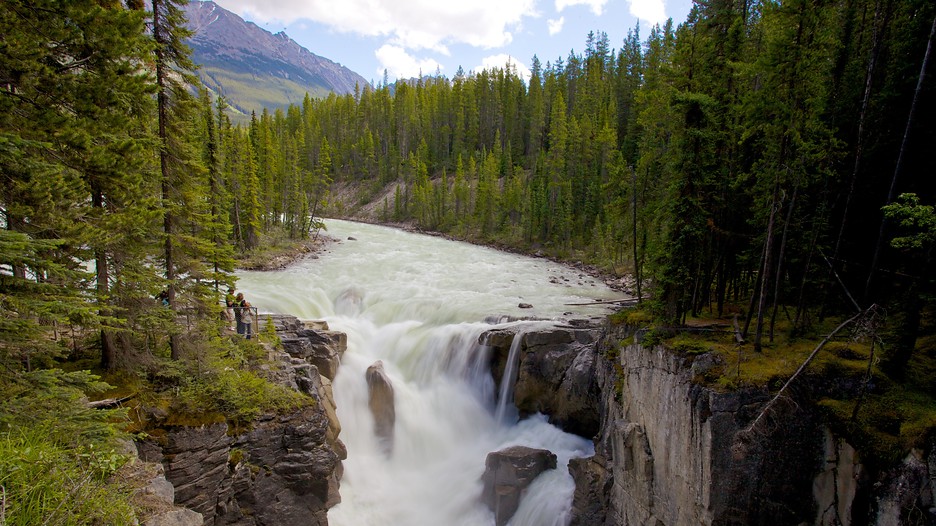
Sunwapta River Falls, Jasper
6
Day 6 : Jasper
Visit to Columbia Icefield Adventure year round in the summer we stop at Athabasca and Sunwapta rivers: these are short walks to view the impressive waterfalls. Paula drives the van to the Icefield. Once we arrive at the Icefield it is your choice to take the Snowcoach Ice Explorer or join Paula as we hike to view the glacier from Wilcox Pass. We stop in the awesome Pass for a picnic lunch. The winter tour we stop at the frozen waterfalls and snowshoe at the Icefield.
Overnight stay in Jasper
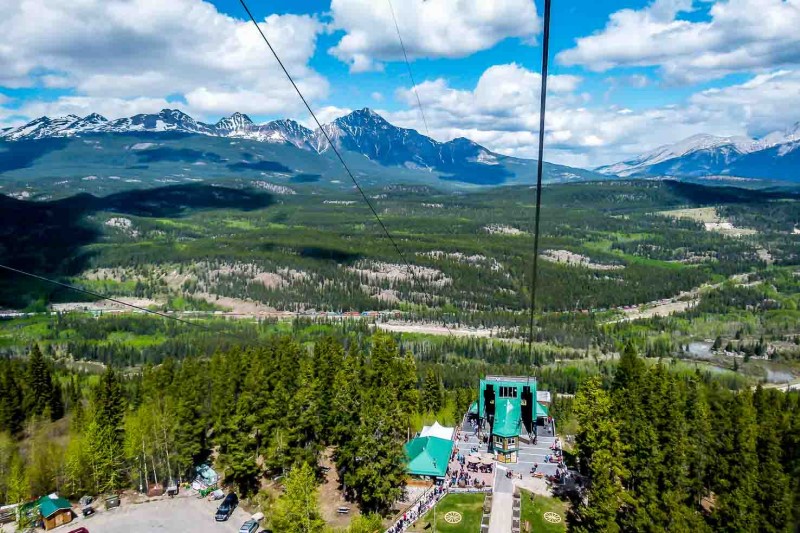
Hiking in Jasper National Park
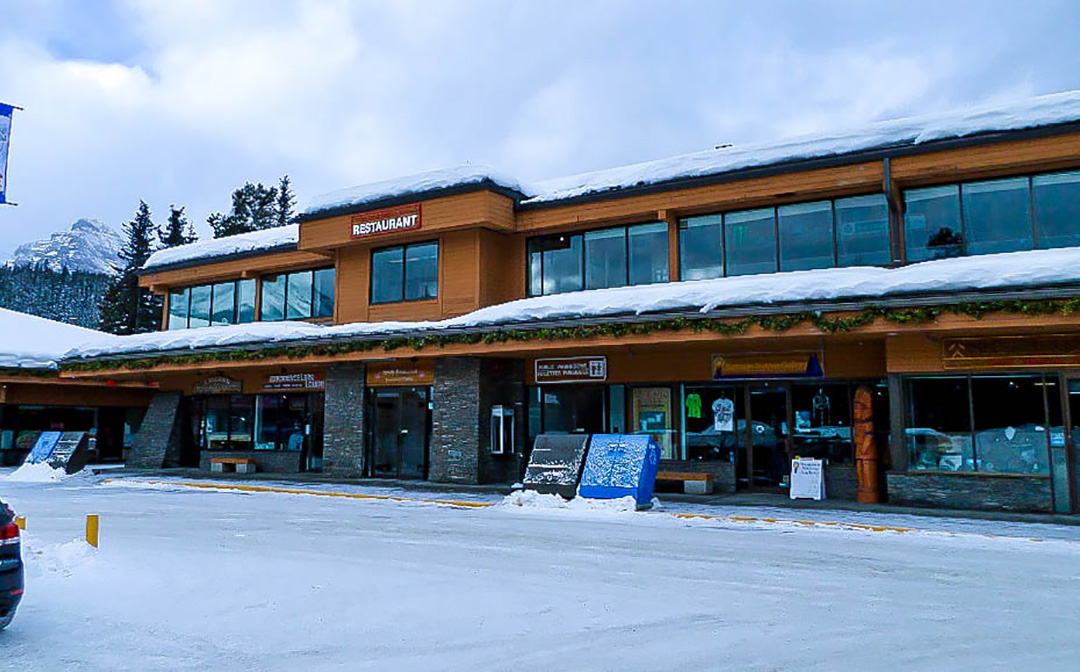
Samson Native Gallery, Lake Louise
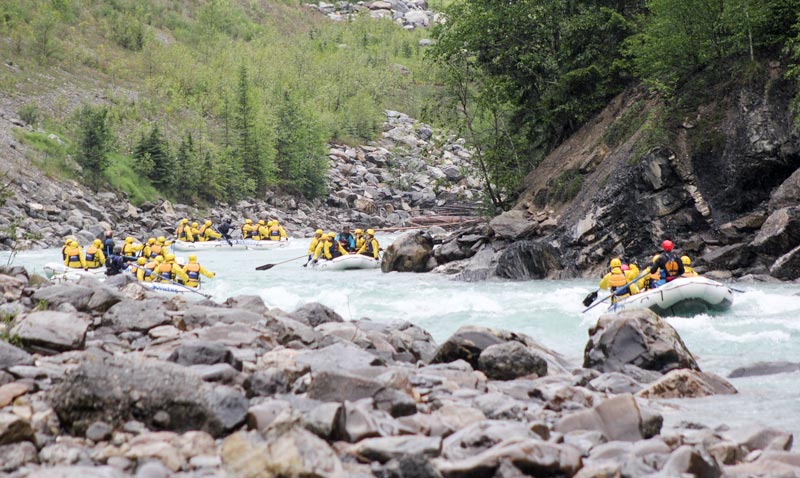
Wild Water Adventures, Lake Louise
7
Day 7 : Jasper - Lake Louise
Proceed to Lake Louise, day free to explore on your own.
Overnight stay in Lake Louise
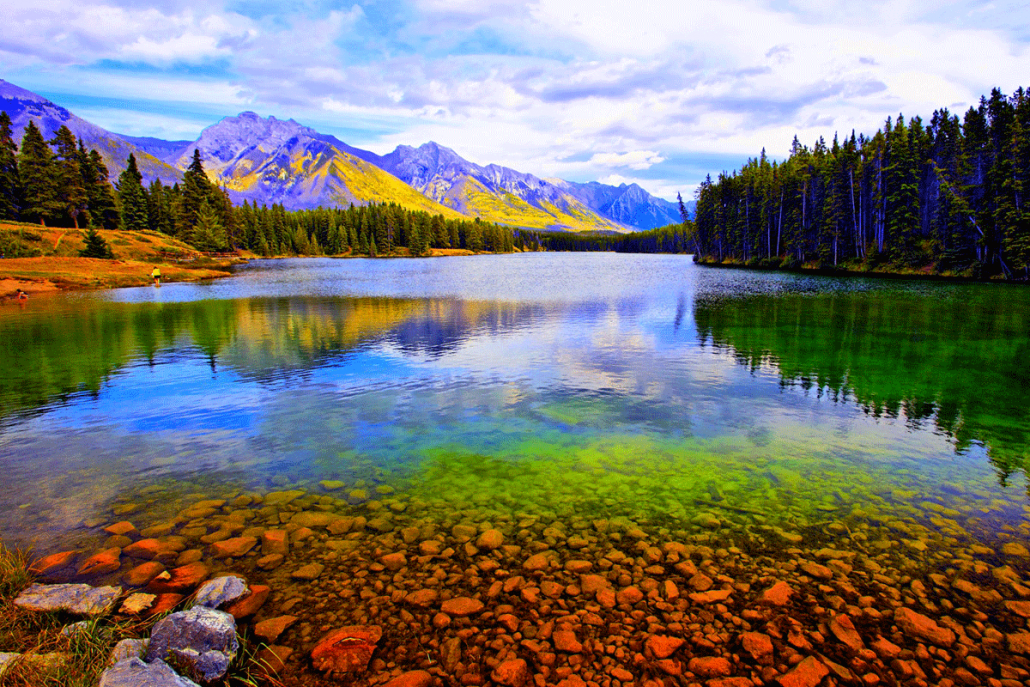
Bnaff National Park
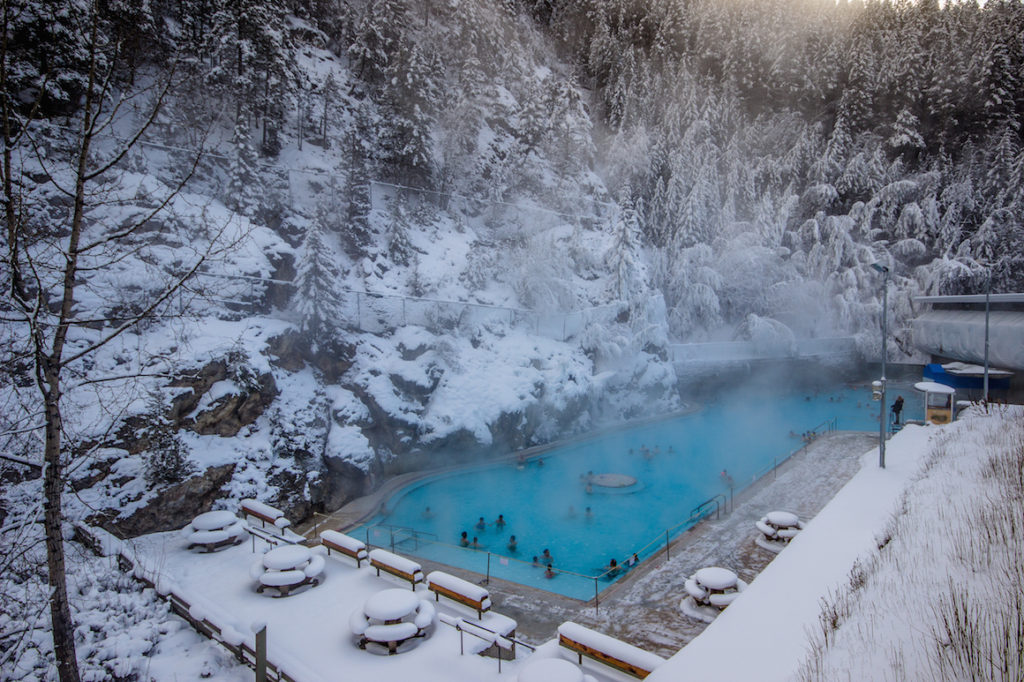
Hot Spring Bnaff Park
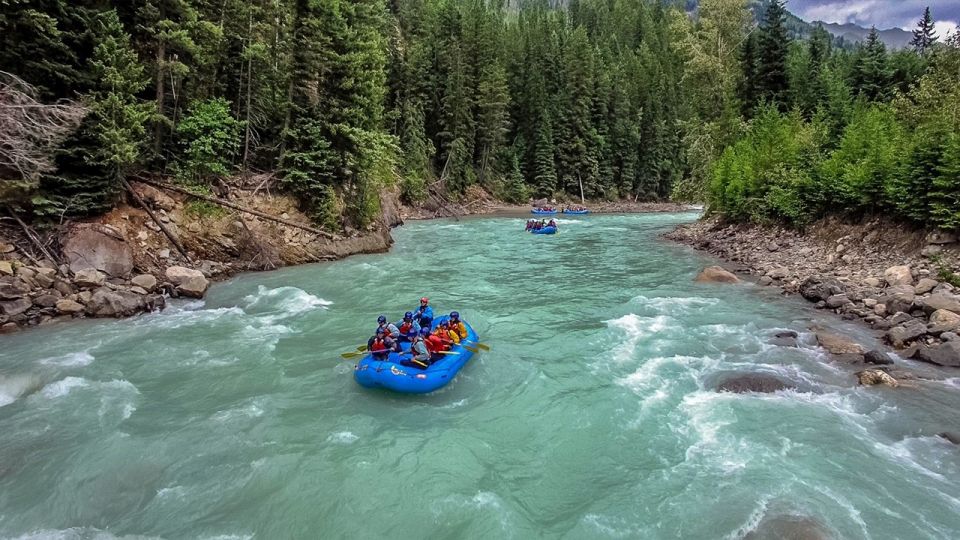
Rafting Center, Lake Louise
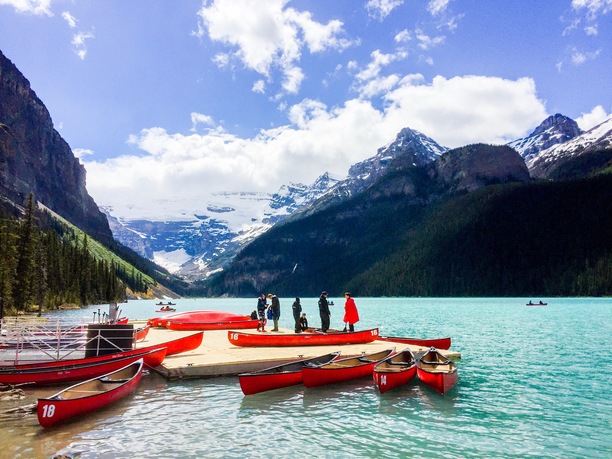
Sport and Recreation, Lake Louise
8
Day 8 : Lake Louise
Today You slowly lower your body into the steaming hot waters, visit World Famous Banff Hot Springs. Banff is 58 Kms from Lake Louise. The Banff Hot Springs are still a favourite today amongst visitors and locals. It’s magical to sit in the pools in the wintertime, watching snow fall on the surrounding peaks. Sunrise and sunset at any time of the year is also a wonderful time to visit, as the mountain air cools down during these times of day. The springs are open until late in the evening year-round.
Overnight stay in Lake Louise
9
Day 9 : Lake Louise
This day free for outdoor activities like cycling, hiking, climbing, Canoeing etc.
Overnight stay in Lake Louise
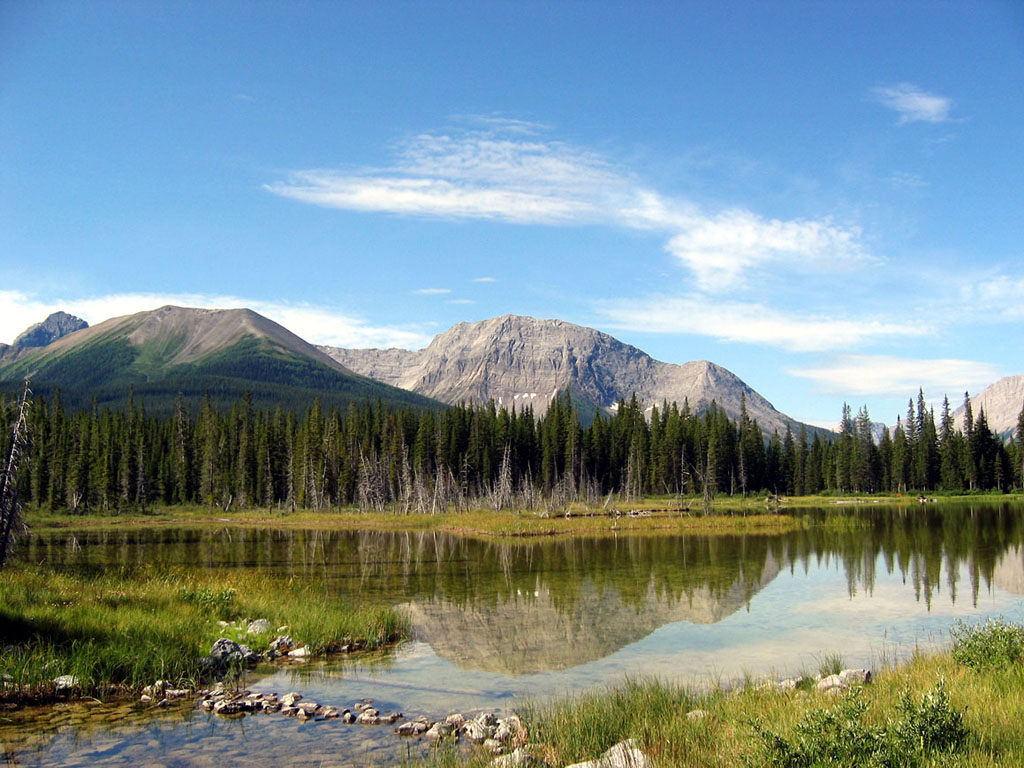
Kananaskis Country
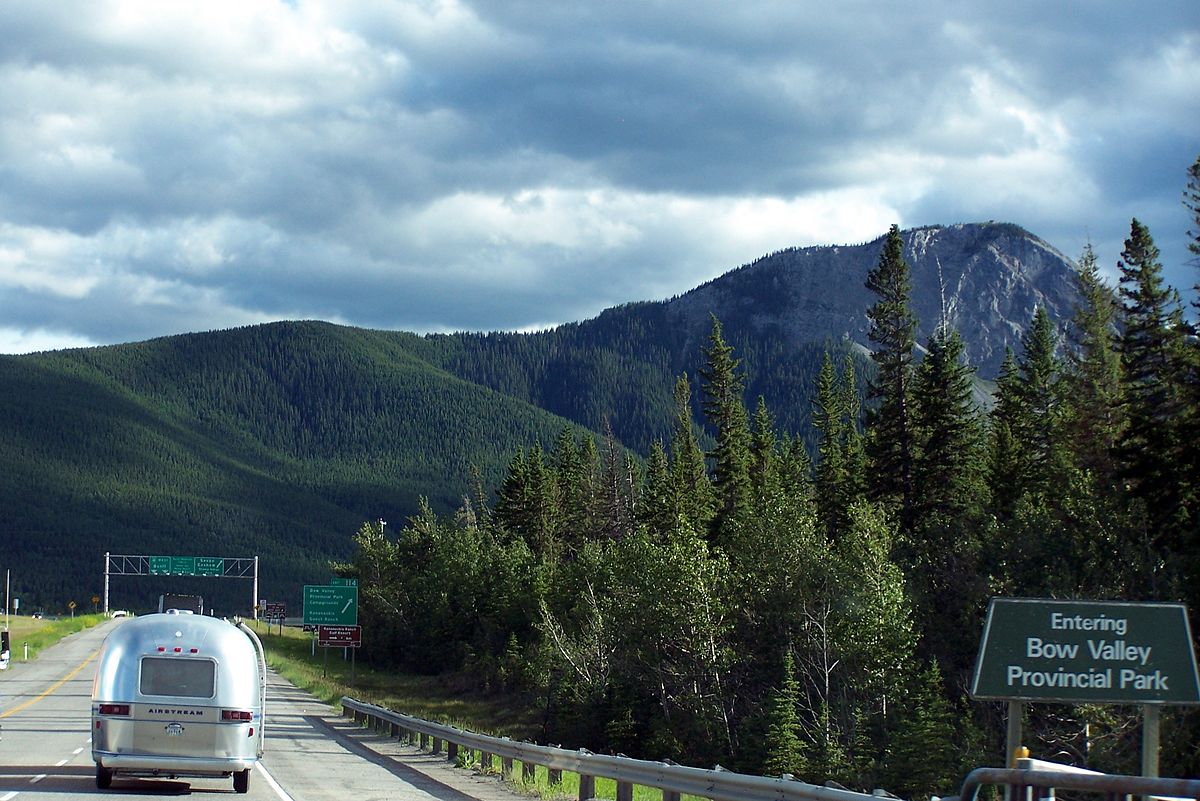
Bow Valley Province Park, Alberta
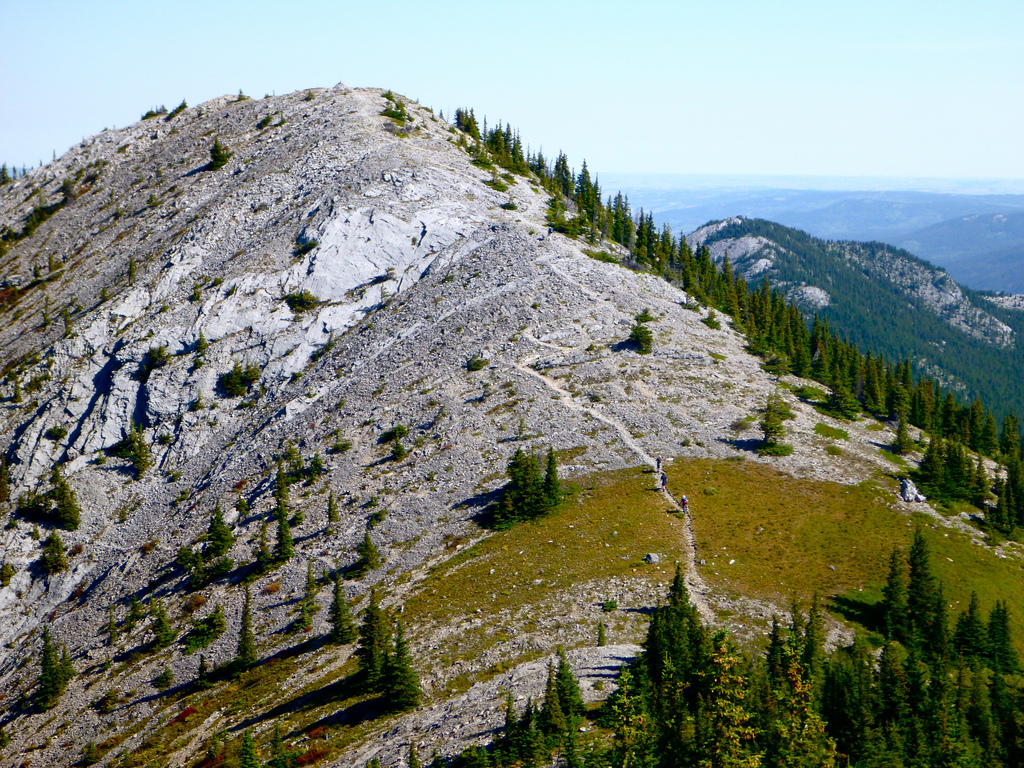
Heart Mountain, Alberta
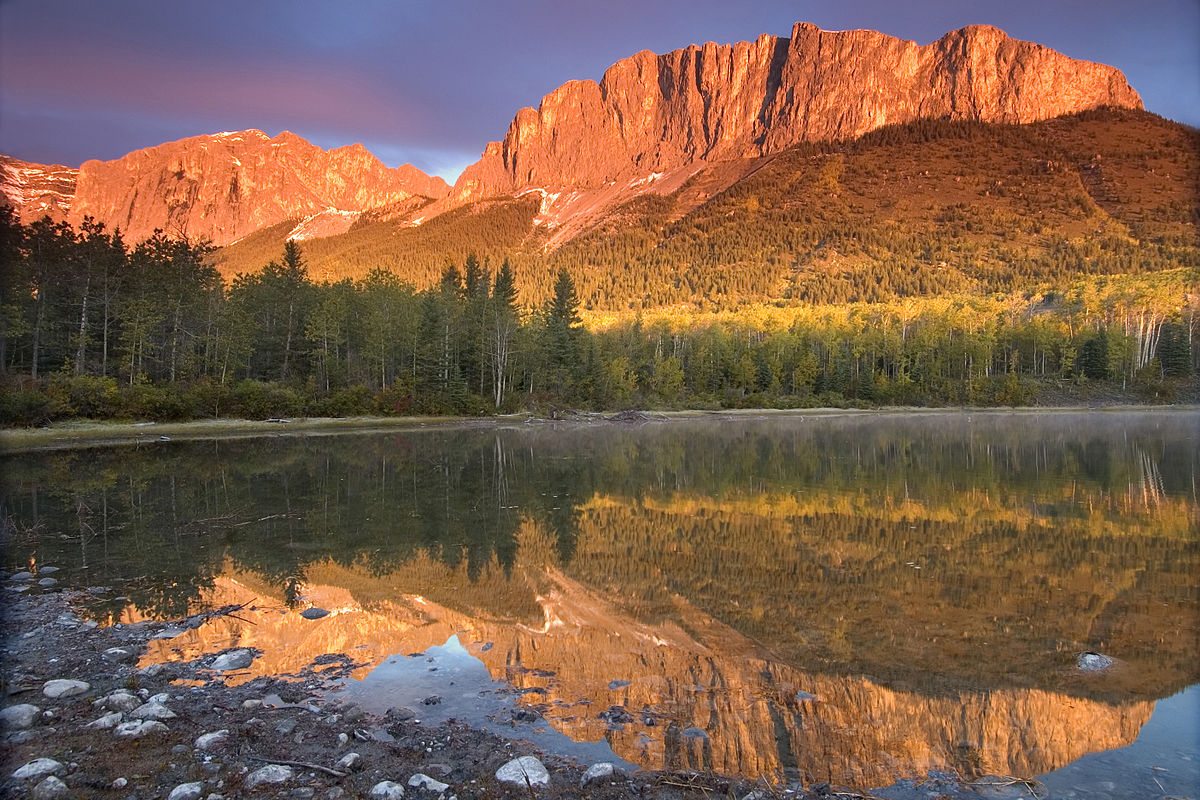
Mount Yamnuska, Alberta
10
Day 10 : Lake Louise - Calgary
Travel through Kananaskis Country and the western ranching regions of Alberta at your own pace before arriving in Calgary.
Overnight in Calgary
11
Day 11 : Calgary - India
Proceed to airport to board flight for Home.

Hiking in Jasper National Park

Samson Native Gallery, Lake Louise

Wild Water Adventures, Lake Louise

Columbia Glacier Tour, Jasper

Glacier Sky Walk, Jasper

Athabasca Falls, Jasper

Sunwapta River Falls, Jasper
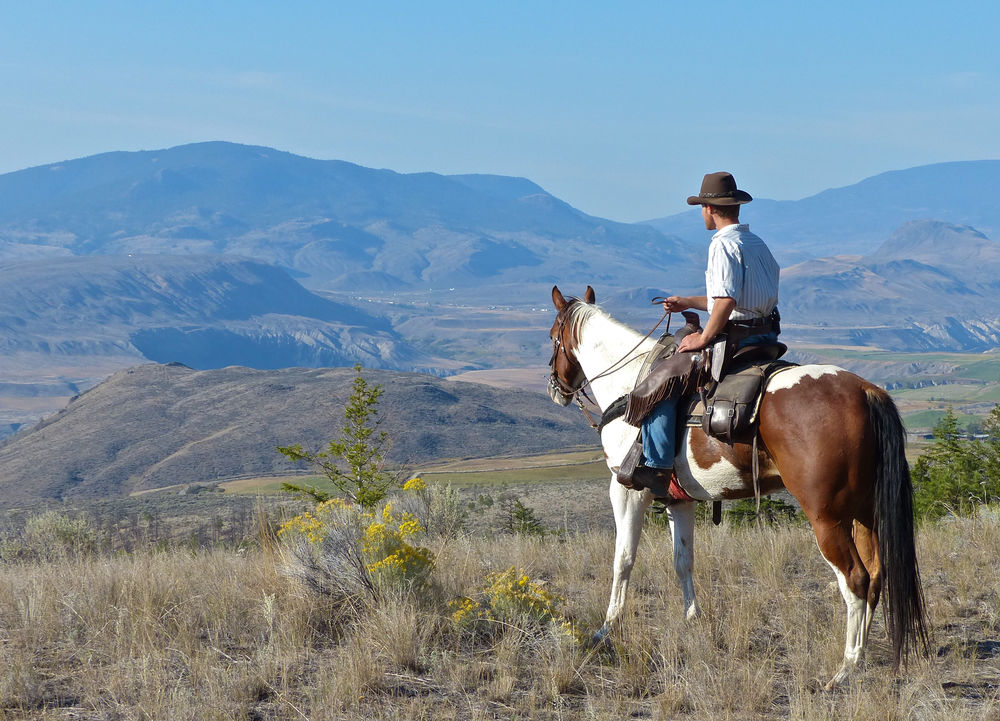
Horseback Ride, Kamloops
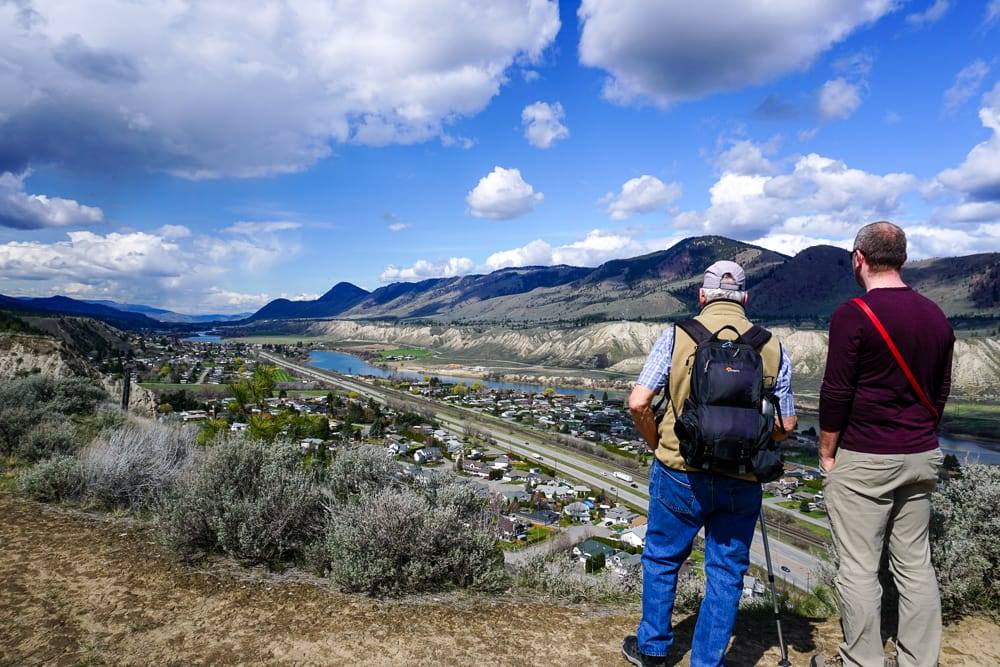
Spring Hiking, Kamloops

Riverside Park, Kamloops

Mountain Biking, Kamloops
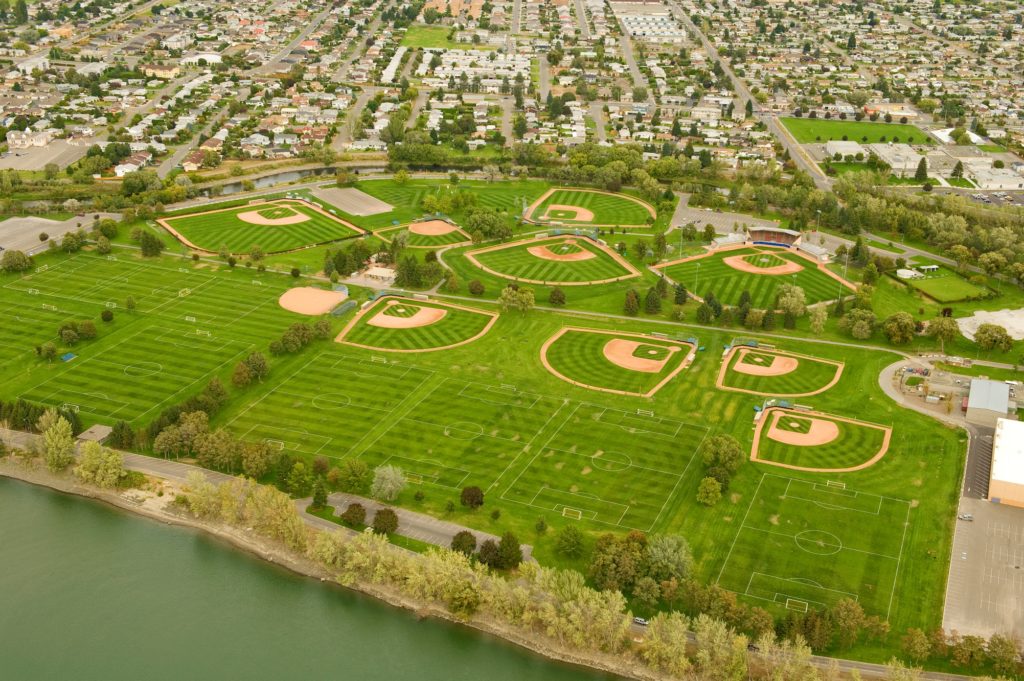
Baseball Mac park, Kamloops
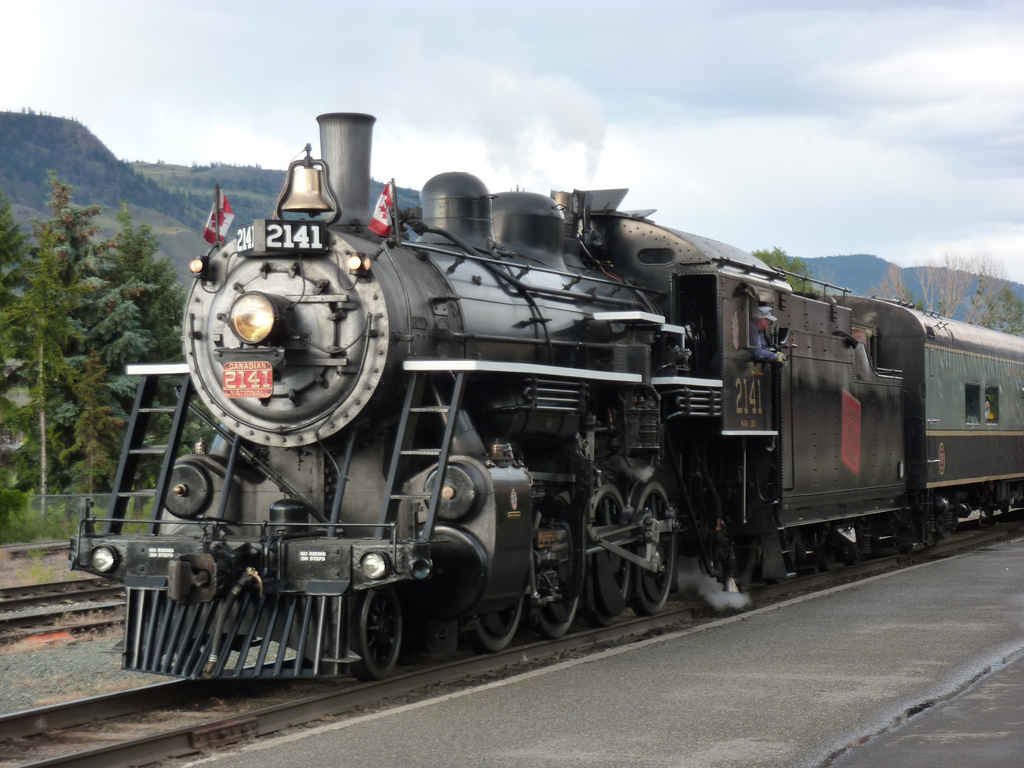
Heritage Railway, Kamloops

Kamloops Lake
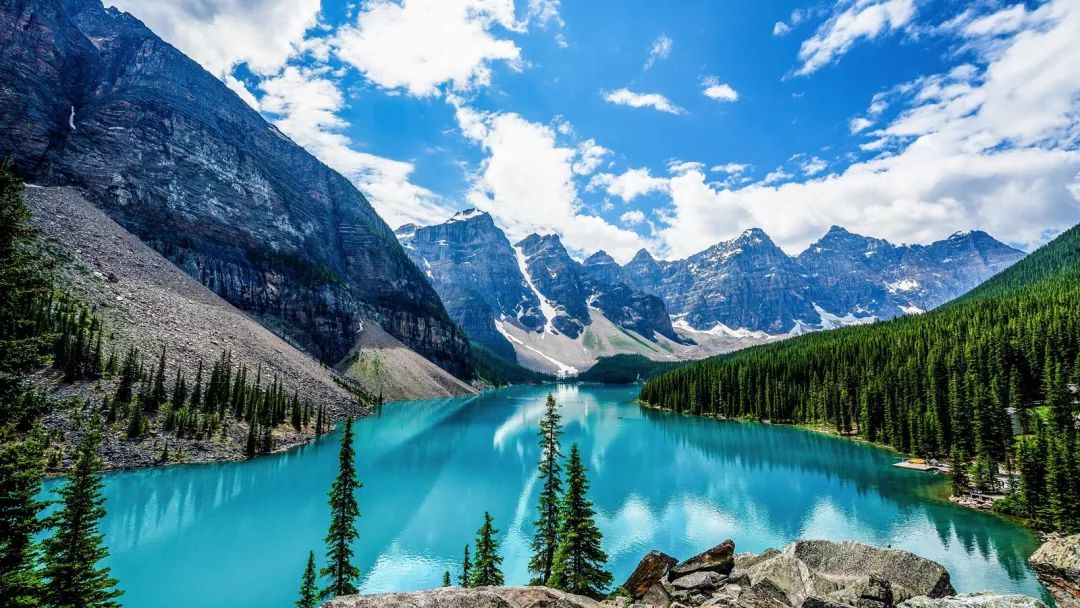
Moraine Lake, Alberta
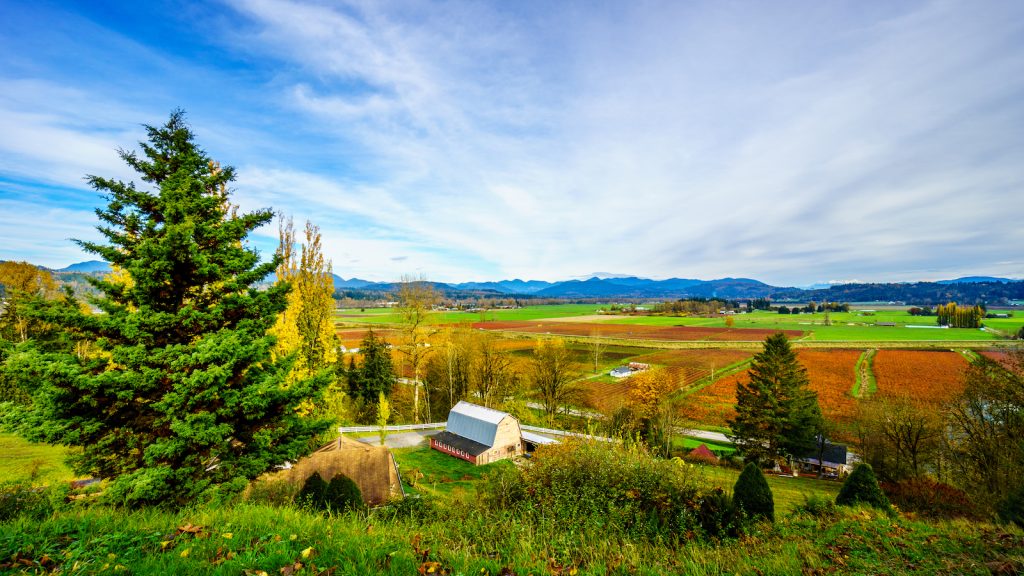
Vancouver City
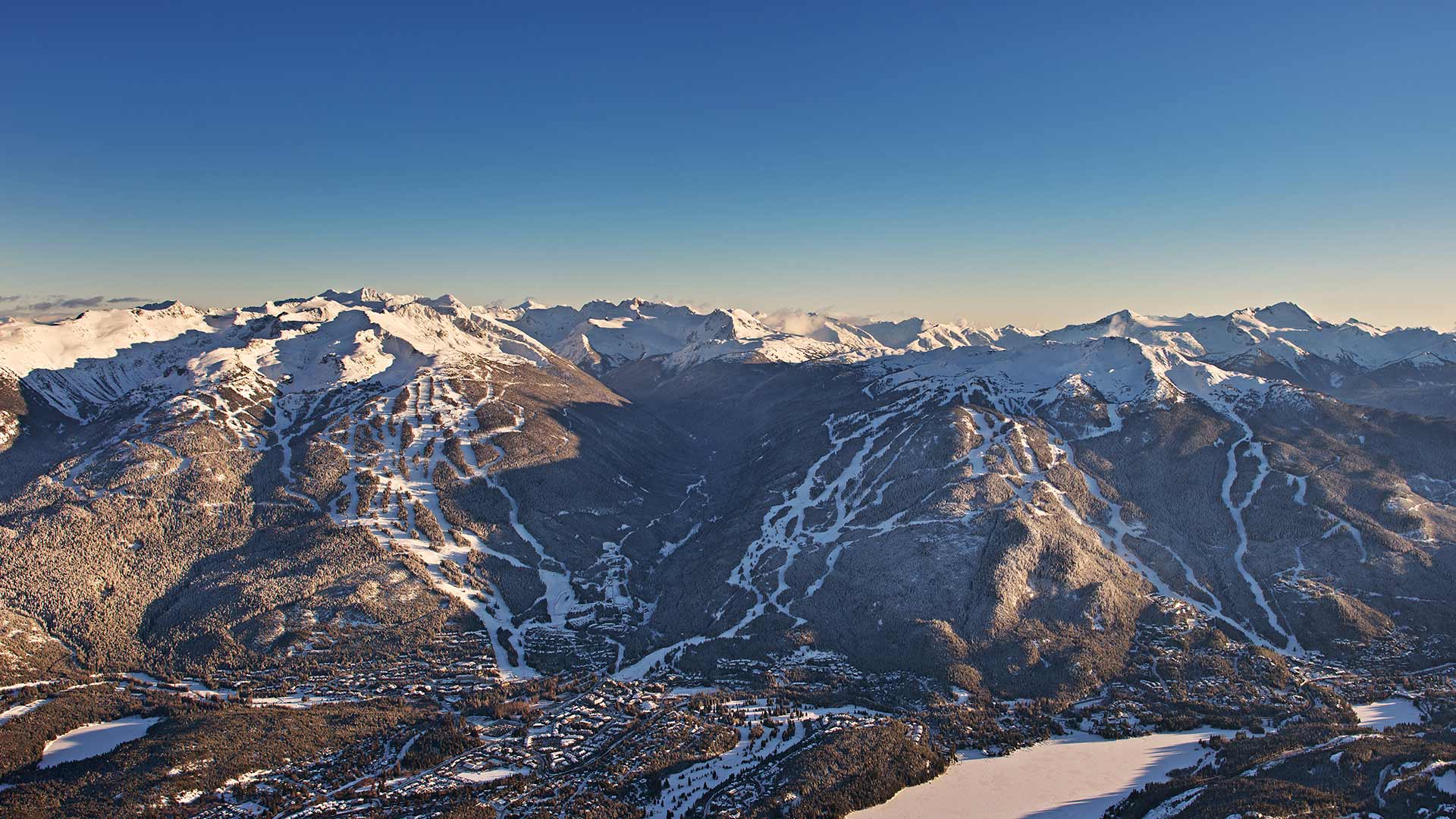
Whitler Blackcomb

Cascades Mountain, Whistler

Cable Car Ride, Whistler

Snowboarding, Whitler

Cable Car Ride, Whitler

Ski Jumping Olympic park, Whistler

Thompson River, Kamloops

Kananaskis Country

Bow Valley Province Park, Alberta

Heart Mountain, Alberta

Mount Yamnuska, Alberta
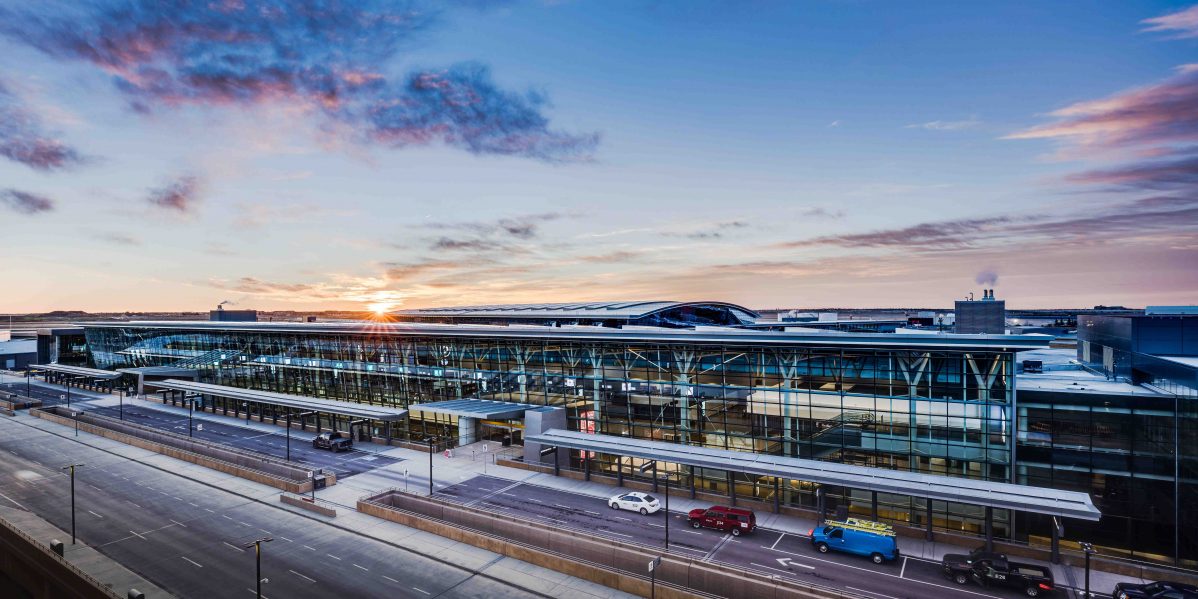
International Airpot, Calgary
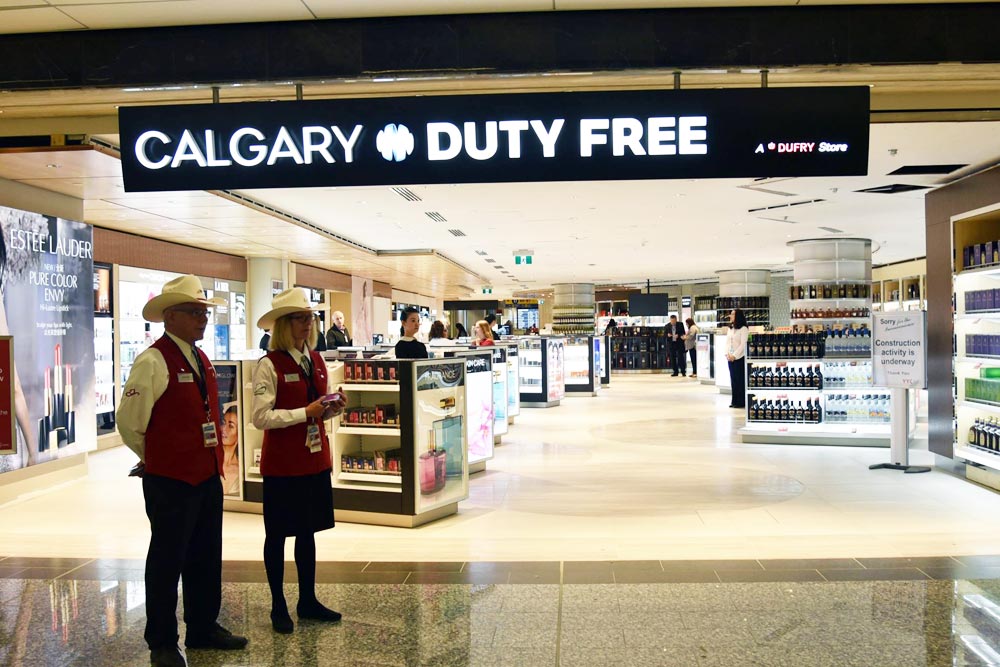
Duty Free Store, Calgary
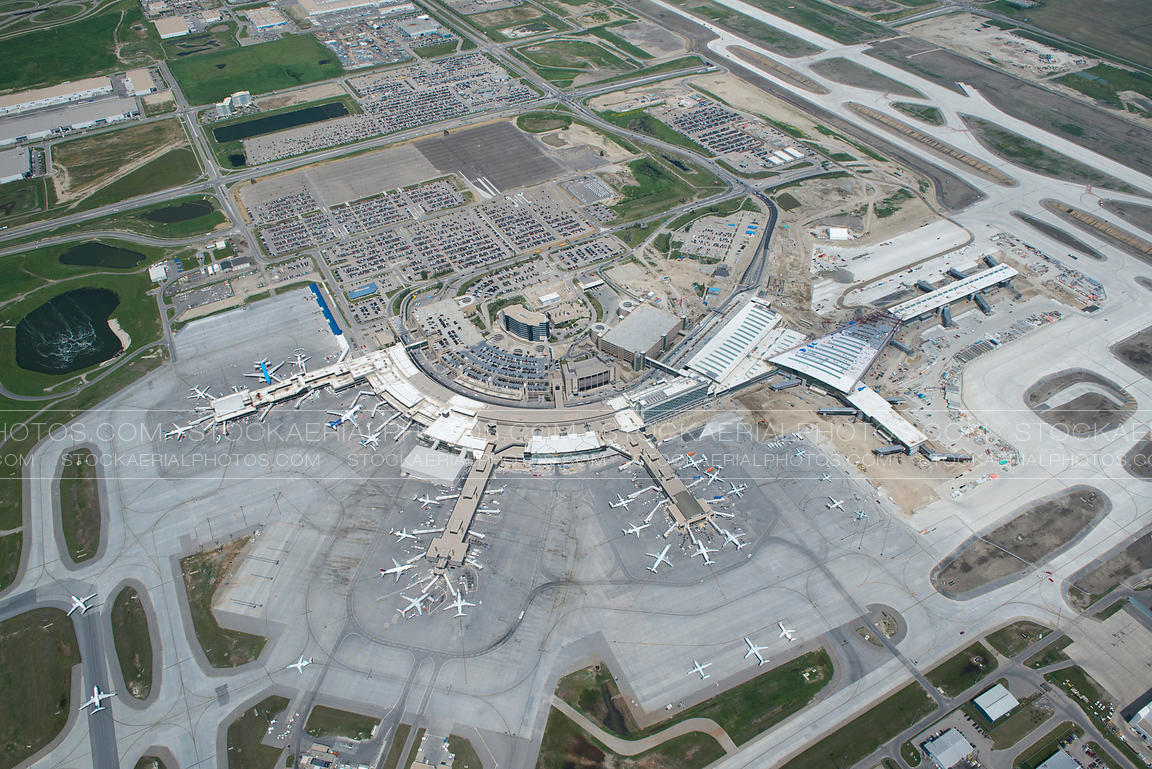
International Airport, Calgary
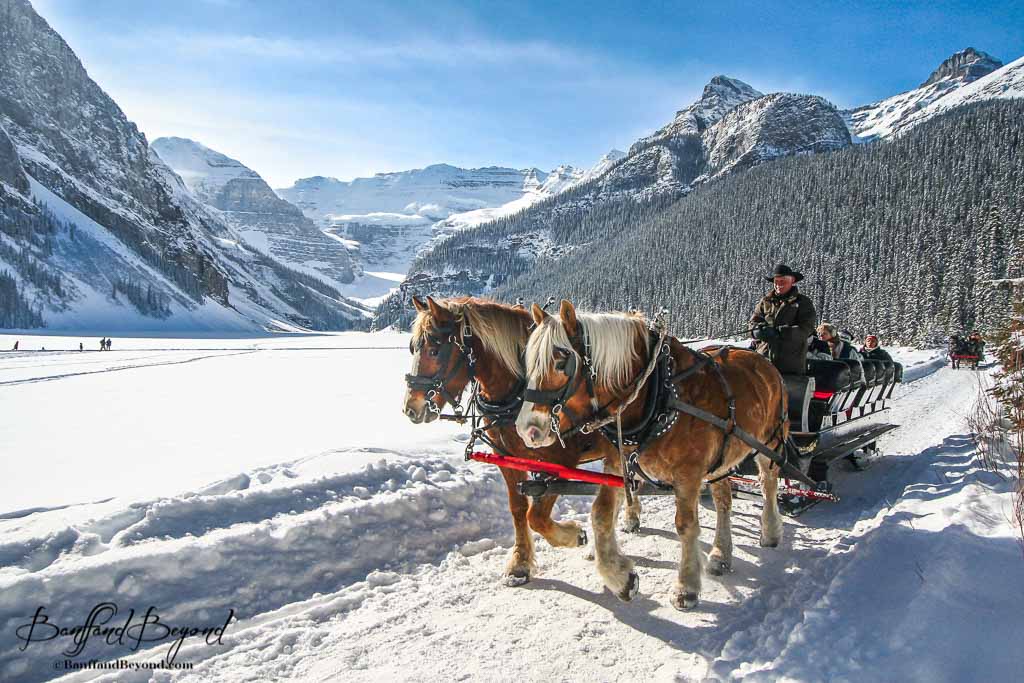
Sleigh Ride at Lake Louise
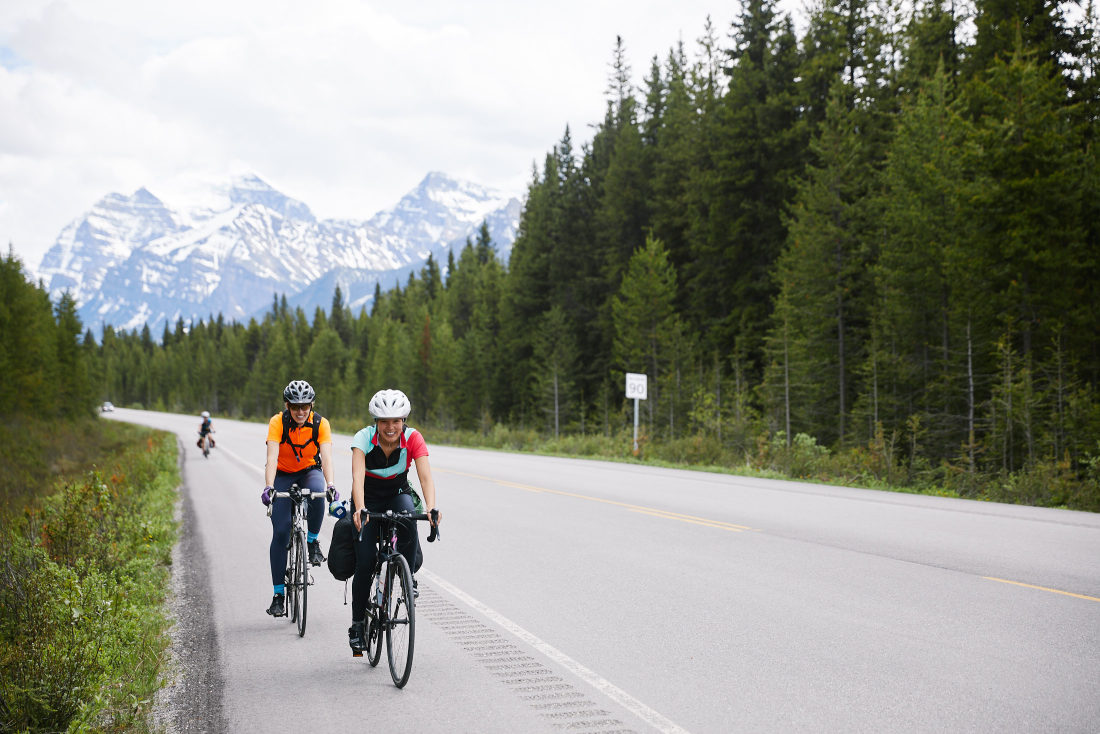
Cycle Tour, Lake Lauise
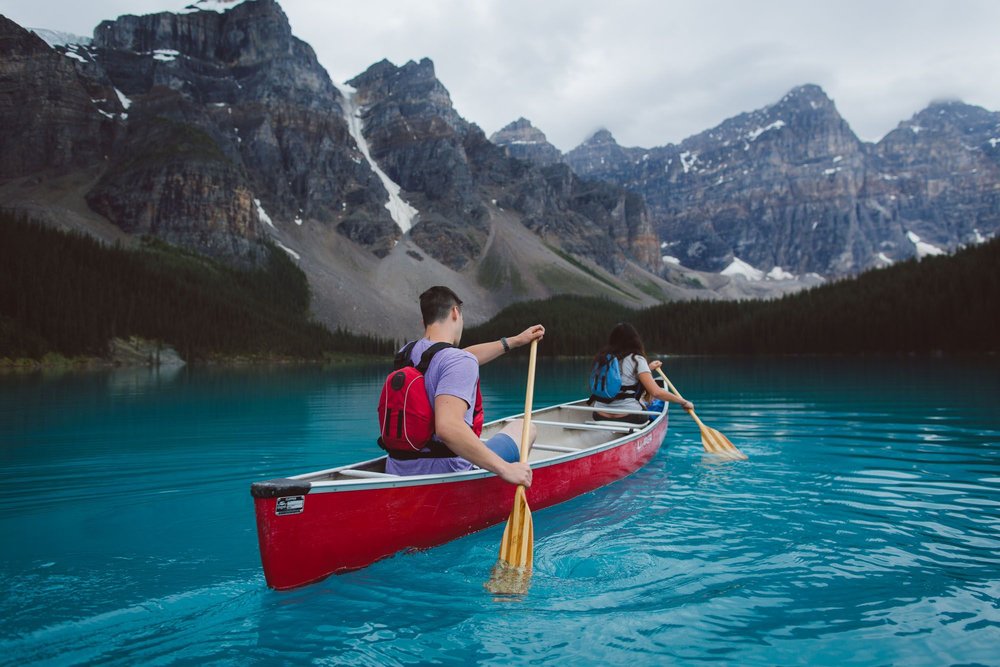
Canoeing, Lake Lauise
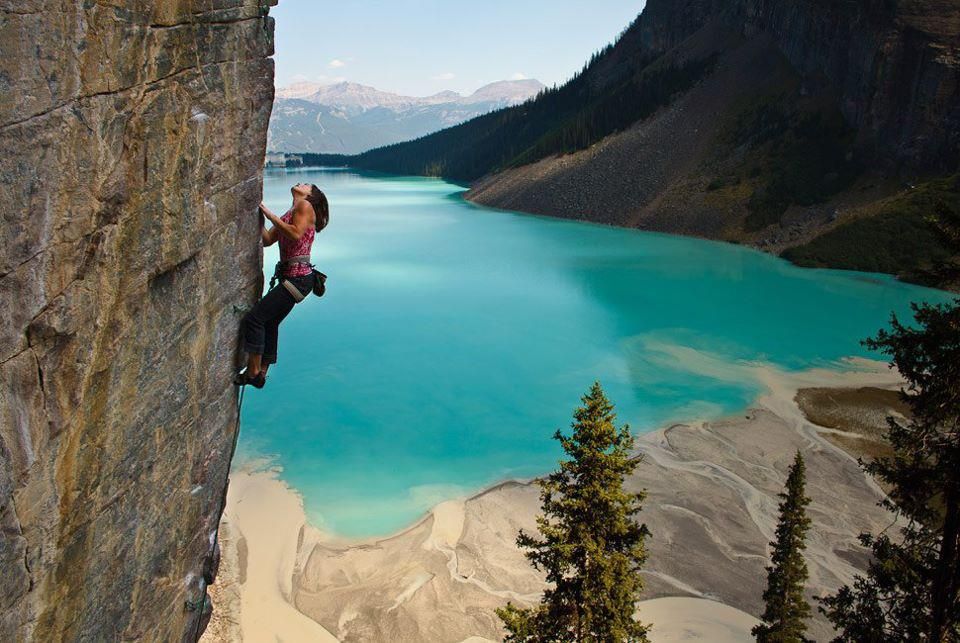
Climbing, Lake Lauise

Bnaff National Park

Hot Spring Bnaff Park

Rafting Center, Lake Louise

Sport and Recreation, Lake Louise
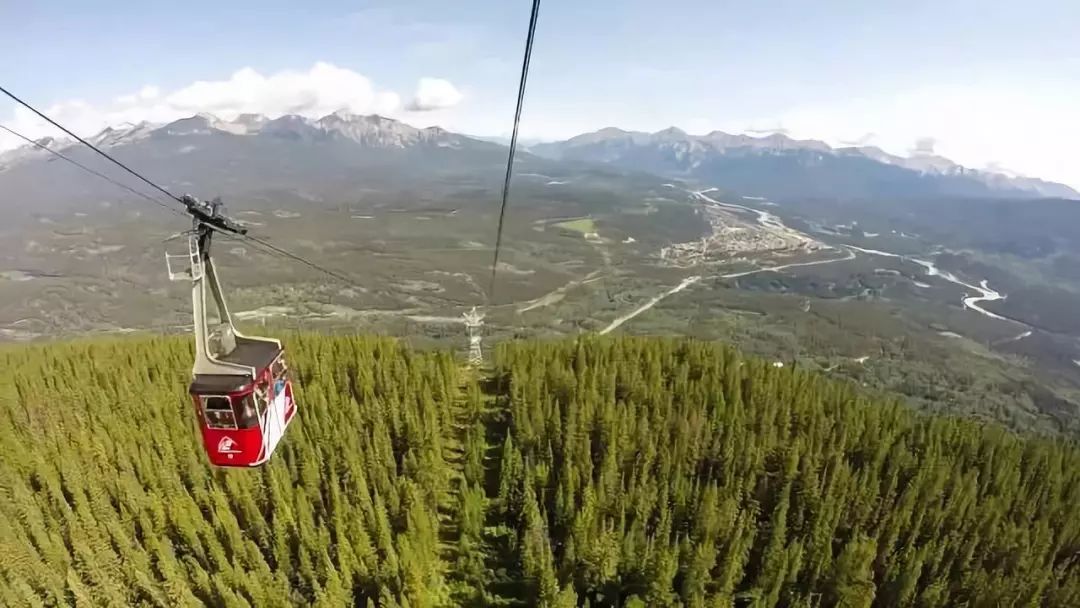
Jasper Skydram, Jasper
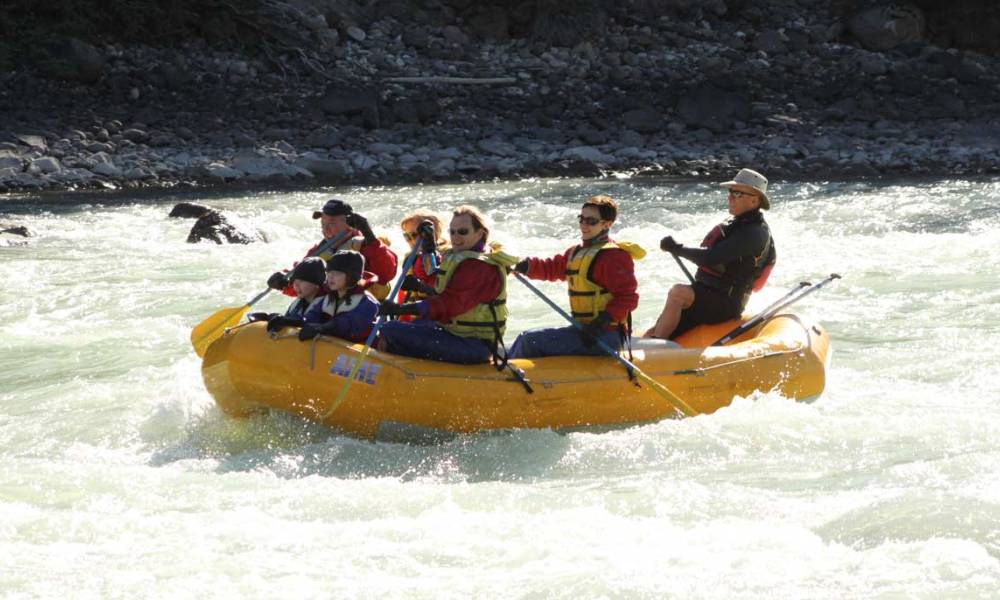
Rafting in Jasper

Maligne Canyon, Jasper
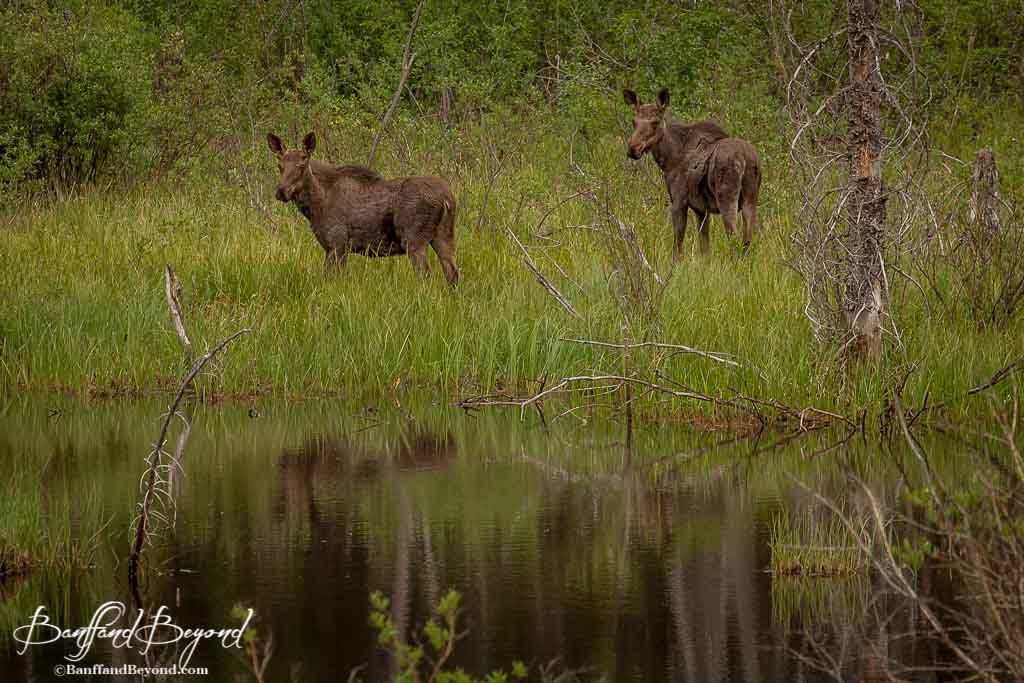
Wildlife Tour, Jasper
Canadian Rocks and Lakes
| Package Code: NHI192 |
| 10 Nights / 11 Days |
| Holiday Type International Holiday |
| Cities : 1 Whistler, 2 Kamloops, 3 Jasper, 4 Lake Louise |
Send Friend
Enquire Now
JANUARY
Temperature
With temperatures equal to those in February, January is the coldest month of the year in Toronto. Daily average temperatures range from a high of 0?C (32?F) to a low of -5?C (23?F), with an overall average of -3?C (27?F). These temperatures are colder than Sochi, Russia, which lies at a similar latitude, and are close to those in Bucharest, Romania.
Sunshine
Plan on seeing the year\'s lowest levels of sunshine in January with an average of just 3 hours a day, contrasted by the high of 11 daily hours in August.
Rain and Snow
You can expect moderate rain in January. With an average of 10 rainy days and an overall rainfall of 40 mm, the month falls below the year\'s high in July with 13 rainy days and a total of 60 mm. Toronto can be something of a winter wonderland in January with snow accumulation in the 21 cm range.
Sunrise and Sunset
In January, the duration of daylight is constantly increasing. On January 1, the sun comes up at 7:51 am and falls at 4:51 pm, creating 9 hours of daylight. On January 31, with the longest daylight of the month, the sun rises at 7:35 am and sundown happens at 5:27 pm, with 9:52 hours of total daylight.
Wind
Count on winds to range from a low of 0.02 m/s to a high of 14 m/s in January, with an overall average of 5 m/s. This contrast with the year\'s high in May with gusts of up to 18 m/s.
Extreme Weather
Toronto is unlikely to see much extreme weather, but it can at times get hit by extreme cold. Temperatures in January can drop to a low of -20? C (-4?F).
FEBRUARY
Temperature
Temperatures in February are similar to those in January. February\'s daily average temperature ranges from a high of 0?C (32?F) to a low of -5?C (23?F). The overall average in February is -3?C (27?F). The weather in Toronto is similar to that in Sarajevo, Bosnia and Milwaukee, Wisconsin on Lake Michigan.
Sunshine
Equal to January, February has some of the year\'s lowest levels of sunshine. The month has an average of 3 hours per day, contrasted by the highs of 11 daily hours in July.
Rain and Snow
With just six days of rainfall over the month, February has the least number of days with precipitation of the year. Those six days see a moderate overall total of 40 mm. You can count on seeing snow in February with accumulation in the 30 cm range.
Sunrise and Sunset
On February 1, the sun rises at 7:33 am and goes down at 5:28 pm, giving the city 9:55 total hours of daylight. On February 28, the sun rises at 6:55 am and sets at 6:04 pm, providing a total of 11:09 hours of daylight.
Wind
February\'s moderate winds are a constant in Toronto, with highs of 14 m/s, lows of 0.03 m/s and an average of 5 m/s.
Extreme Weather
While Toronto rarely experiences extreme weather, it can at times get hit by extreme cold. Temperatures in February can drop to a low of -20? C (-4?F).
MARCH
Temperature
While temperatures being to climb from the lows in January and February, March still offers cold winter weather in Toronto. Daily highs reach an average of 4?C (39?F) and drop to average lows of -2?C (28?F). March's overall average is 1?C (34?F). These conditions are slightly colder than temperatures in Boston, Massachusetts and similar to those in Krakow, Poland.
Sunshine
Sunshine hours are double those of the two preceding months in March. You can expect to see an average of six hours of sunshine a day, contrasted by the year's high of 11 hours a day in July.
Rain and Snow
While there is some variation, rainfall is relatively consistent throughout the year in Toronto. March has an average 10 days of rain with total rainfall of 40 mm. While snowfall in March is moderate, the month sees average accumulation of 9 cm.
Sunrise and Sunset
On March 1, the sun comes up at 6:54 am and goes down at 6:06 pm, producing 11:12 hours of daylight. On March 31, sunrise occurs at 7 am and sundown happens at 7:43 pm, with 12:42 total hours of daylight.
Wind
Moderate winds don't deviate much througout the year in Toronto. In March the high averages at 12 m/s and low at zero, with an average of 6 m/s.
APRIL
Temperature
The winter cold abates and spring weather rises in Toronto in April. Daily average temperatures range from a high of 9?C (48?F) to a low of 4?C (41?F). April's overall average is 7?C (45?F). These temperatures are slightly cooler than Brussels and slightly warmer than Stockholm.
Sunshine
The daily hours of sun climb two hours from March, giving April 8 hours of sunshine a day. This contrasts with the yearly low from December to February with 3 hours a day.
Rain and Snow
One day lower than the yearly high in May, April has 16 rainy days over the month with a total rainfall of 50 mm. While snow isn't common in April, you could see accumulation of 10 cm.
Sunrise and Sunset
The length of daylight is constantly increasing in April. On April 1, the sun rises at 6:59 am and sets at 7:44 pm, giving Toronto 12:45 hours of daylight. On April 30, the sun rises at 6:11 am and goes down at 8:18 pm, with 14:07 hours of total daylight.
Wind
While not extreme, April sees some of the year's strongest winds. You can expect gusts up to 19 m/s and lows of 0.5 m/s with an average of 5.4 m/s.
MAY
Temperature
You'll start to feel the first hint of summer in May. Daily average temperatures range from a high of 17?C (63?F) to a low of 10?C (50?F). The overall average is 14?C (57?F). That average is slightly cooler than Cannes, France and Venice, Italy.
Sunshine
Approaching the peak summer months with the year's most sunshine, May has an average of nine hours a day.
Rain
The old adage of May showers doesn't exactly apply to Toronto. The month has the year's lowest precipitation in terms of volume with a total of 30 mm. However, May has the highest number of rainy days with 16, contrasted by the year's low of 6 in February.
Humidity
May has an average humidity of 79% -- up 4% from April but below the high of 85% in December.
Sunrise and Sunset
The duration of daylight is constantly increasing in May. On May 1, the sun rises at 6:09 am and sets at 8:19 pm, with 14:10 hours of total daylight. On May 31, daybreak happens at 5:39 am and sundown takes place at 8:51 pm, with 15:11 overall hours of daylight.
Wind
While they never rise to the level of extreme, May has some of the year's strongest winds. Gusts can reach up to 19 m/s and fall to lows of 0.2 m/s with an average of 4.3 m/s.
JUNE
Temperature
Toronto's summer starts in June. While not as warm as July and August, daily average temperatures in June range from a high of 22?C (72?F) to a low of 10?C (50?F), with an overall average of 16?C (61?F). These temperatures are close to what you can expect in San Sebastian, Spain and Sapporo, Japan.
Sunshine
June has some of the year's highest levels of sunshine with ten hours a day, just under the peak of 11 hours in July.
Rain
Rising in overall volume from May, June sees 40 mm of rainfall over 13 days.
Humidity
Not known for humid weather, Toronto sees a rise in humidity from June to September. June's average humidity is 78%.
Sunrise and Sunset
On June 1, the sun rises at 5:38 am and sets at 8:52 pm, creating 15:13 hours of daylight. On June 30, the sun comes up at 5:39 am and falls at 9:01 pm, with 15:23 hours of overall daylight.
Wind
June winds are about what you can expect for most of the year. Highs reach 14 m/s and lows drop to 0.3 m/s with an average of 5 m/s.
JULY
Temperature
With temperatures equal to those in August, July is the hottest time of the year in Toronto. Daily average temperatures in July range from a high of 25?C (77?F) to a low of 17?C (63?F), with an overall average of 21?C (70?F). These temperatures are similar to those Bordeaux, France and Asahikawa, Japan.
Sunshine
July has the year's most sunshine with an average of 11 hours a day, contrasted by the yearly low of three hours a day from December to February.
Rain
July also has the largest volume of rainfall with an average of 60 mm falling over 13 days.
Humidity
Falling solidly in the more-humid months from June to September, July has an average of 82% humidity.
Sunrise and Sunset
On July 1, the sun rises at 5:39 am and sets at 9:02 pm, creating 15:23 hours of daylight. On July 31, daybreak happens at 6:05 am and sundown takes place at 8:41 pm, with 14:35 hours of total daylight.
Wind Speed
July has moderate winds with gusts peaking at 12 m/s and falling to zero. The average is 4 m/s.
AUGUST
Temperature
August is one of the hottest times of the year in Toronto. Similar to July, daily average temperatures range from a high of 25?C (77?F) to a low of 17?C (63?F), with an overall average of 21?C (70?F). These temperatures are like those in Toulouse, France and Portland, Maine in the United States.
Sunshine
August has some of the year's most sunshine with an average of ten hours a day.Rain
Rainfall in August is much like the rest of the year with 50 mm falling over 12 days.
Humidity
Falling in Toronto's humid period between June and September, August has an average humidity of 85%.
Sunrise and Sunset
On August 1, the sun comes up at 6:06 am and sets at 8:40 pm, giving the resort 14:34 hours of daylight. On August 31, sunrise happens at 6:40 am and sundown takes place at 7:54 pm, with 13:14 hours of total daylight.
Wind
You can expect moderate winds of that range between a high of 13 m/s and a low of zero, averaging at 4 m/s
SEPTEMBER
Temperature
Warm summer weather in Toronto starts to drop off in September. Daily average temperatures in this month range from a high of 22?C (72?F) to a low of 13?C (55?F), with an overall average of 18?C (64?F). These temperatures are like those in Milan, Italy and Istanbul, Turkey.
Sunshine
Sunshine hours begin to wane in September, dropping to nine hours a day down from the yearly high in July of 11 hours a day.
Rain
Precipitation in September is similar to the rest of the year with 40 mm falling over 12 days.
Humidity
Falling at the end of the humid season that begins in June, September has an average humidity of 87%.
Sunrise and Sunset
The duration of daylight is constantly decreasing in September. On September 1, the sun rises at 6:41 am and sets at 7:52 pm, creating 13:11 hours of daylight. On September 30, daybreak happens at 7:13 am and sundown takes place at 9:00 pm, with 11:46 hours of total daylight.
Wind
You can expect moderate winds that range from a high of 14 m/s to a low of 0.3 m/s with an average of 4 m/s
OCTOBER
Temperature
Temperatures in Toronto drop to feel like fall weather in October. Daily average temperatures range from a high of 14?C (57?F) to a low of 8?C (46?F), with an overall average of 11?C (52?F). These temperatures are like those in Budapest, Hungary and Lausanne, Switzerland.
Sunshine
Dropping three hours from September, October has an average of six hours a day of sunshine.
Rain
Similar to levels throughout the year, October has 40 mm of rain that falls over 14 days.
Sunrise and Sunset
In October, the duration of daylight is constantly decreasing. On October 1, the sun comes up at 7:15 am and sets at 6:58 pm, creating 11:43 hours of daylight. On October 31, with the shortest daylight of the month, the sun rises at 7:52 am and sets at 7:09 pm, with 10:17 hours of total daylight.
Wind
You can expect moderate winds that peak at 15 m/s drop to zero and average at 4.5 m/s in October.
NOVEMBER
Temperature
Winter chills appear in November. Daily overall averages are 8?C (46?F), with a high of 2?C (36?F) and a low of 5?C (41?F). The weather is similar to that in Geneva, Switzerland and Kushiro, Japan.
Sunshine
Close to the yearly low of three hours a day from December to February, November has five hours of sunshine a day in Toronto.
Rain
Rain is moderate and consistent throughout the year and November follows suit with 50 mm of rain falling over 14 days.
Sunrise and Sunset
The duration of daylight is constantly decreasing in November. On November 1, the sun rises at 7:53 am and sets at 6:08 pm, creating 10:14 hours of daylight. On November 30, with the least daylight of the month, the sun comes up at 7:29 am and goes down at 4:42 pm, with 9:12 total hours of daylight.
Wind
Winds are moderate in November, with gusts peaking at 14 m/s, dropping to 0.3 m/s and averaging at 5 m/s.
DECEMBER
Temperature
Winter chills appear in November. Daily overall averages are 8?C (46?F), with a high of 2?C (36?F) and a low of 5?C (41?F). The weather is similar to that in Geneva, Switzerland and Kushiro, Japan.
Sunshine
Close to the yearly low of three hours a day from December to February, November has five hours of sunshine a day in Toronto.
Rain
Rain is moderate and consistent throughout the year and November follows suit with 50 mm of rain falling over 14 days.
Sunrise and Sunset
The duration of daylight is constantly decreasing in November. On November 1, the sun rises at 7:53 am and sets at 6:08 pm, creating 10:14 hours of daylight. On November 30, with the least daylight of the month, the sun comes up at 7:29 am and goes down at 4:42 pm, with 9:12 total hours of daylight.
Wind
Winds are moderate in November, with gusts peaking at 14 m/s, dropping to 0.3 m/s and averaging at 5 m/s.
Similar Holidays
2 San Francisco, 2 Las Vegas, 2 Los Angeles
6 Nights / 7 Days
2 New York, 2 Washington, 1 Niagara, 4 Orlando, 2 San Francisco, 2 Las Vegas, 2 Los Angeles
15 Nights / 16 Days
1 Whistler, 2 Kamloops, 3 Jasper, 4 Lake Louise
10 Nights / 11 Days
2 New York, 1 Washington, 2 Niagara
5 Nights / 6 Days
2 Las Vegas, 2 Los Angeles, 2 San Francisco
6 Nights / 7 Days
2 New York, 1 Washington, 2 Niagara, 2 Las Vegas, 2 Los Angeles, 2 San Francisco
11 Nights / 12 Days
2 New York, 1 Washington, 2 Niagara, 4 Orlando
9 Nights / 10 Days
2 New York, 1 Washington, 2 Niagara, 4 Orlando, 2 Cruise, 3 las Vegas, 2 Los Angeles, 2 San Francisco
18 Nights / 19 Days
Blog & Related Information
Copyright © 2024 Nomads Holidays. All Rights Reserved.








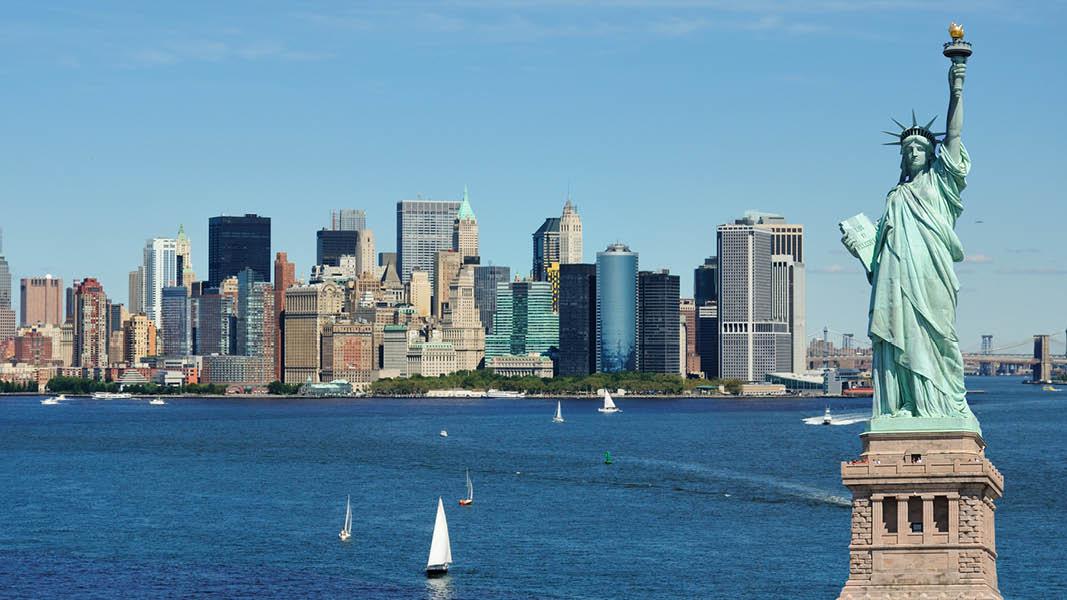

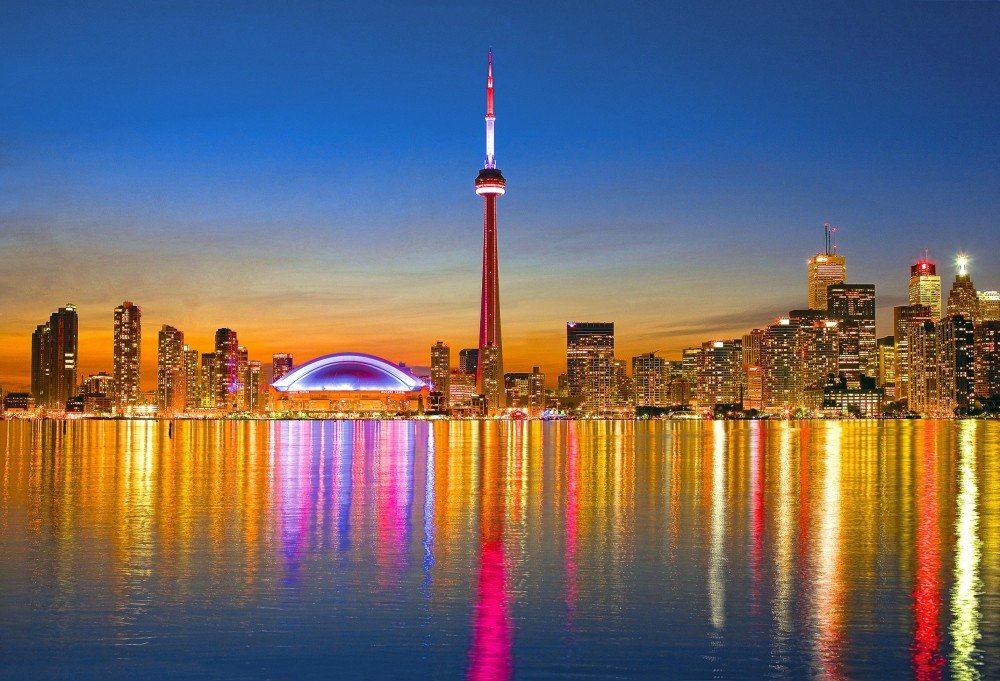
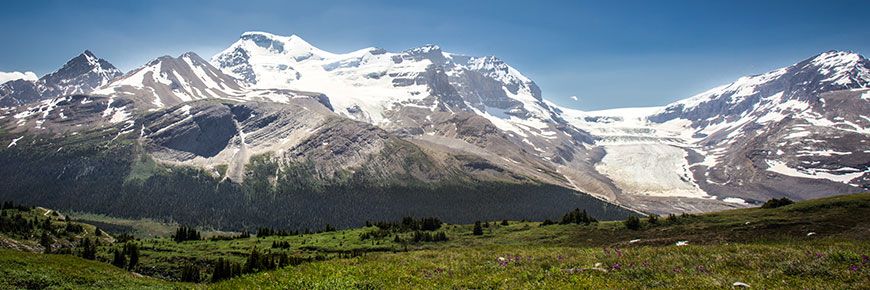
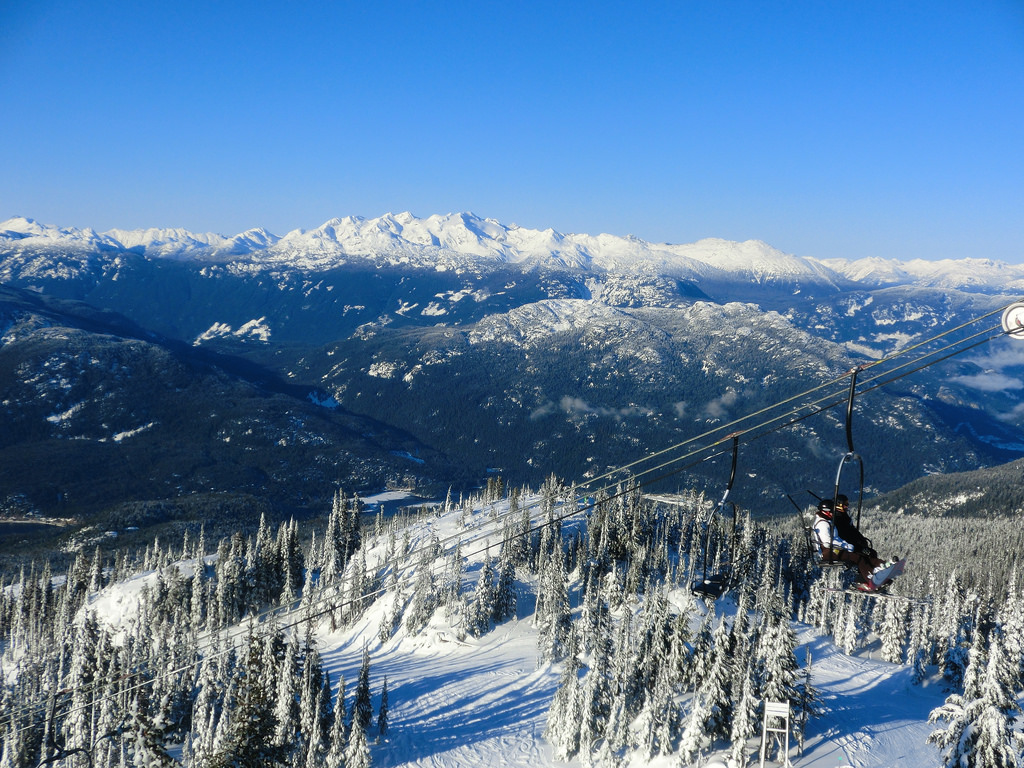
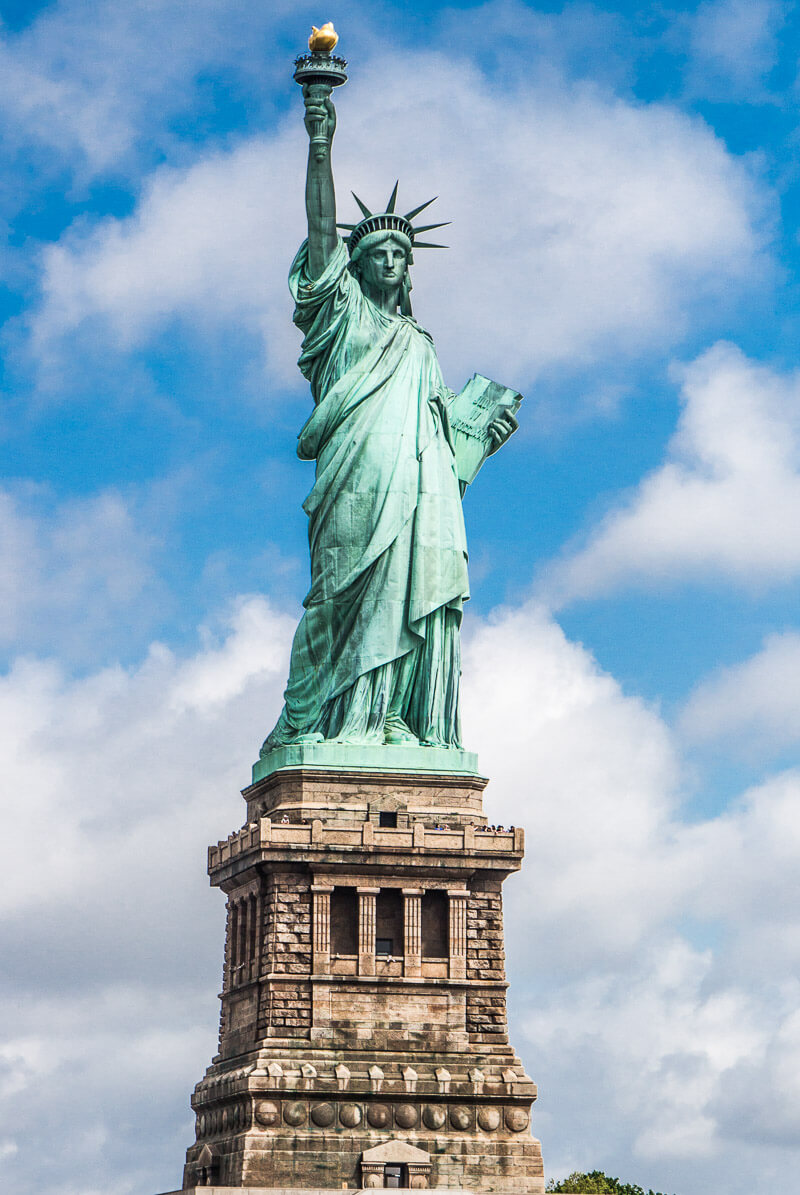
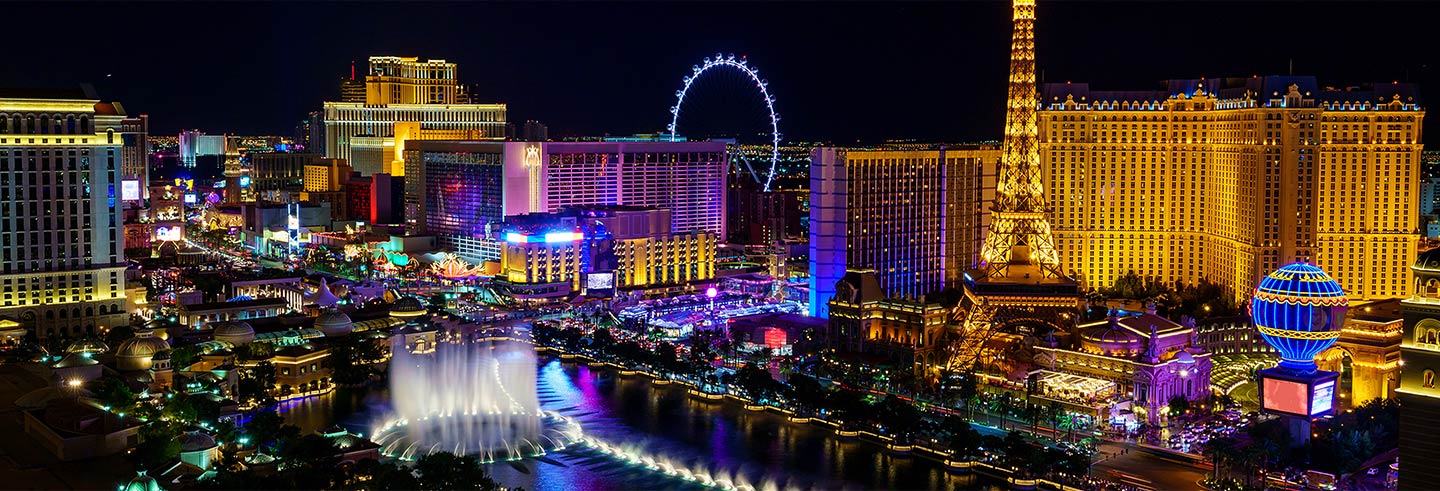
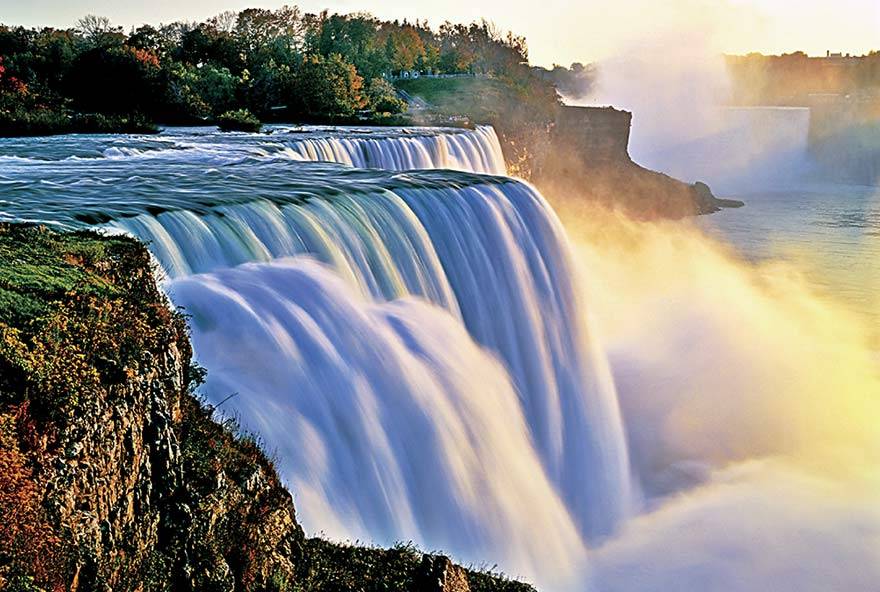
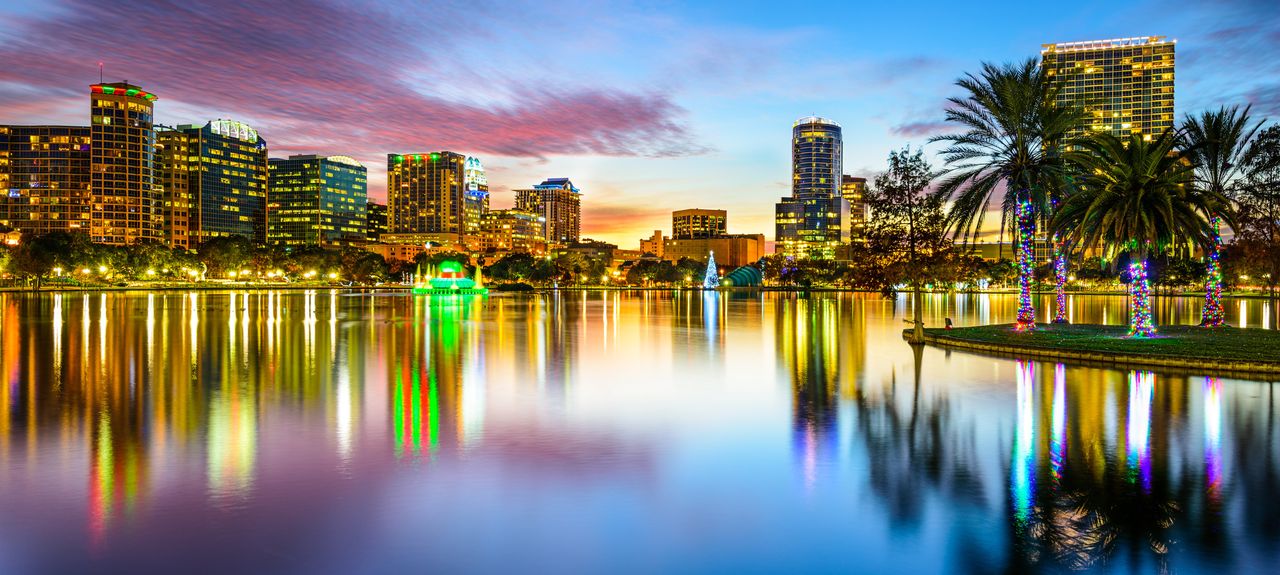

Payment Policy
Cancellation Policy
Refund Policy